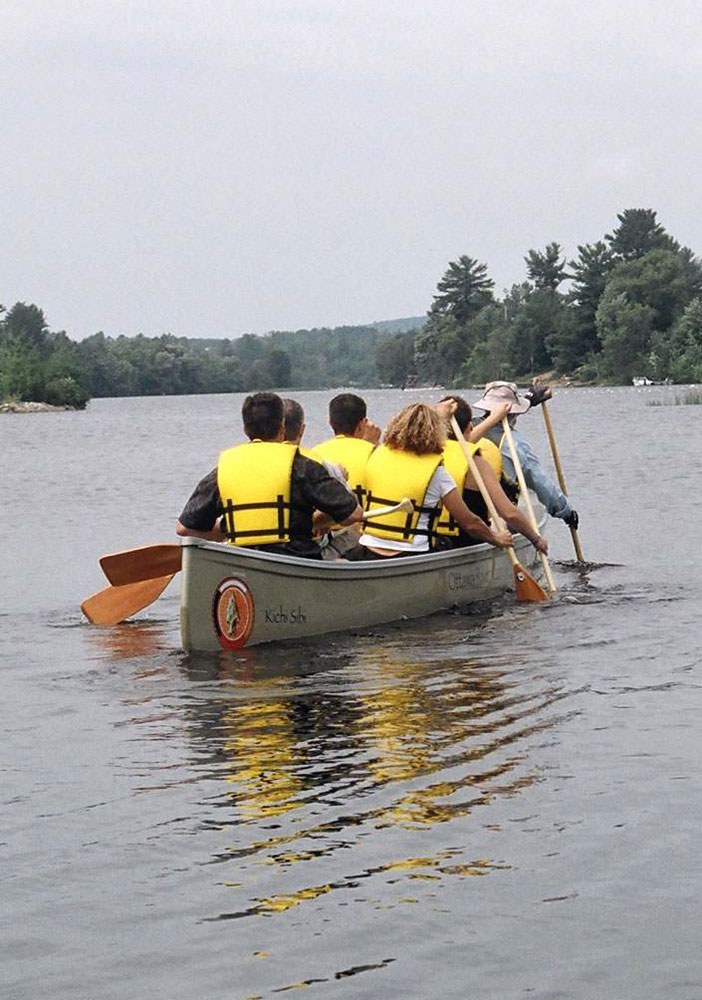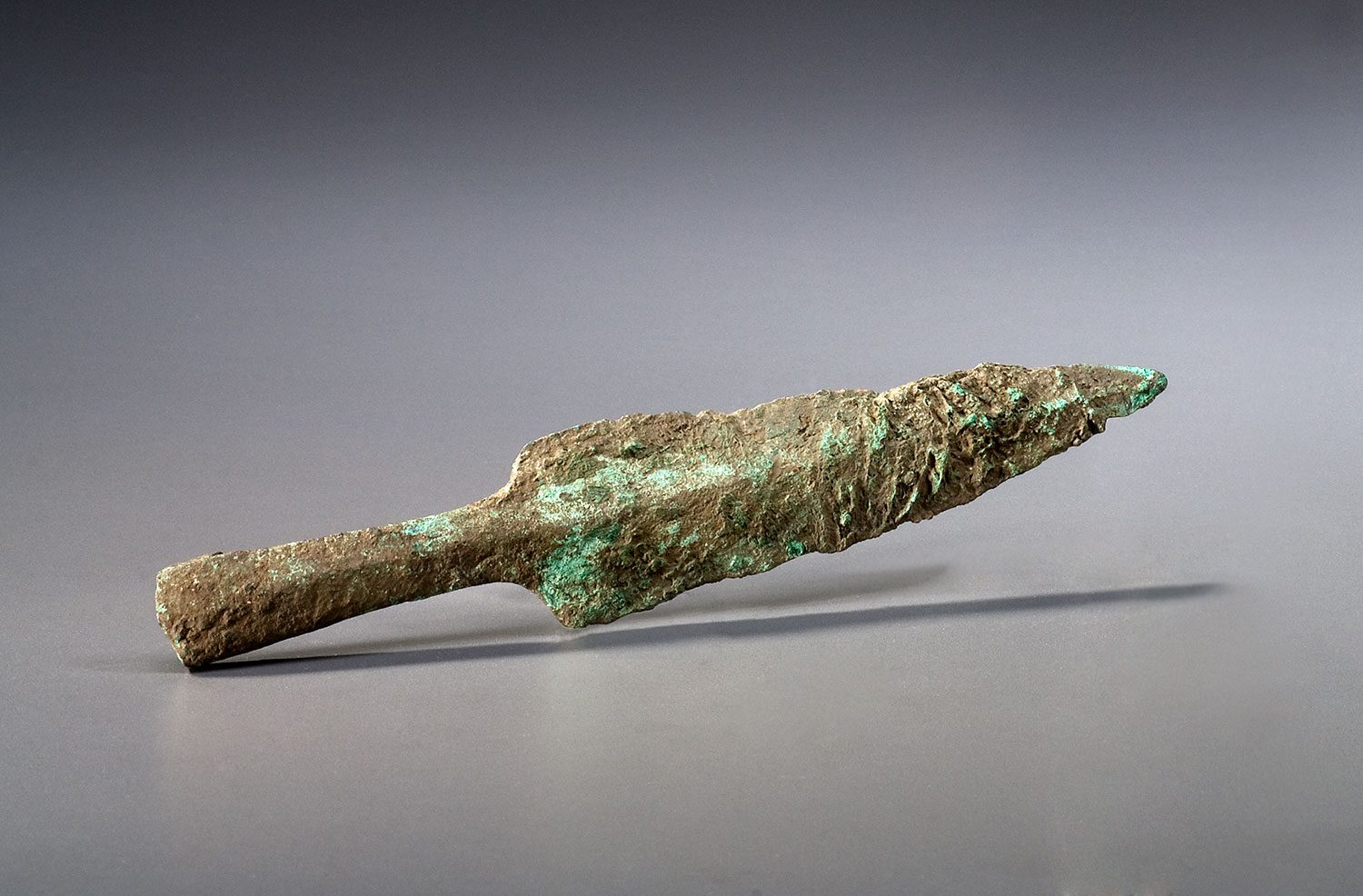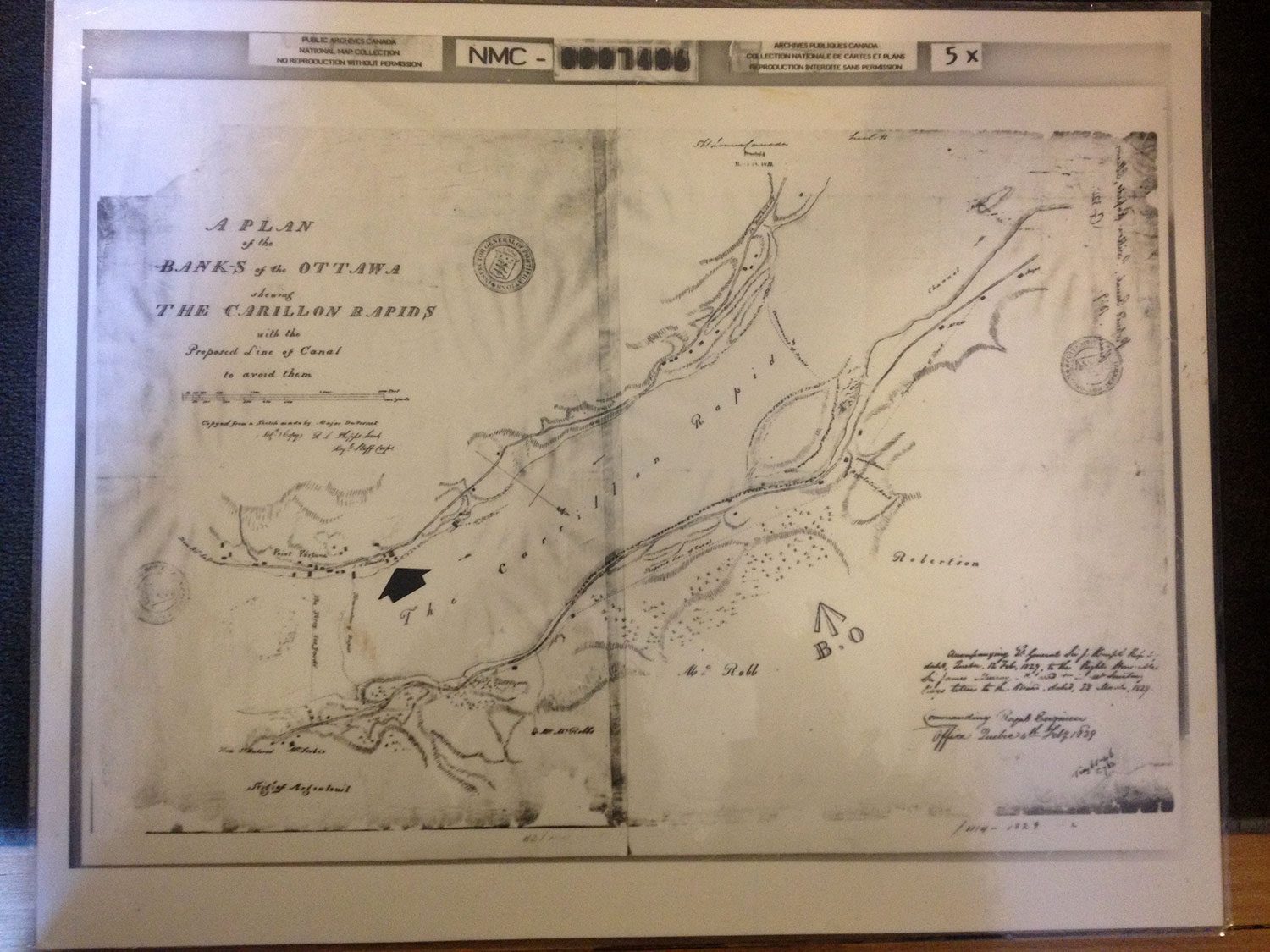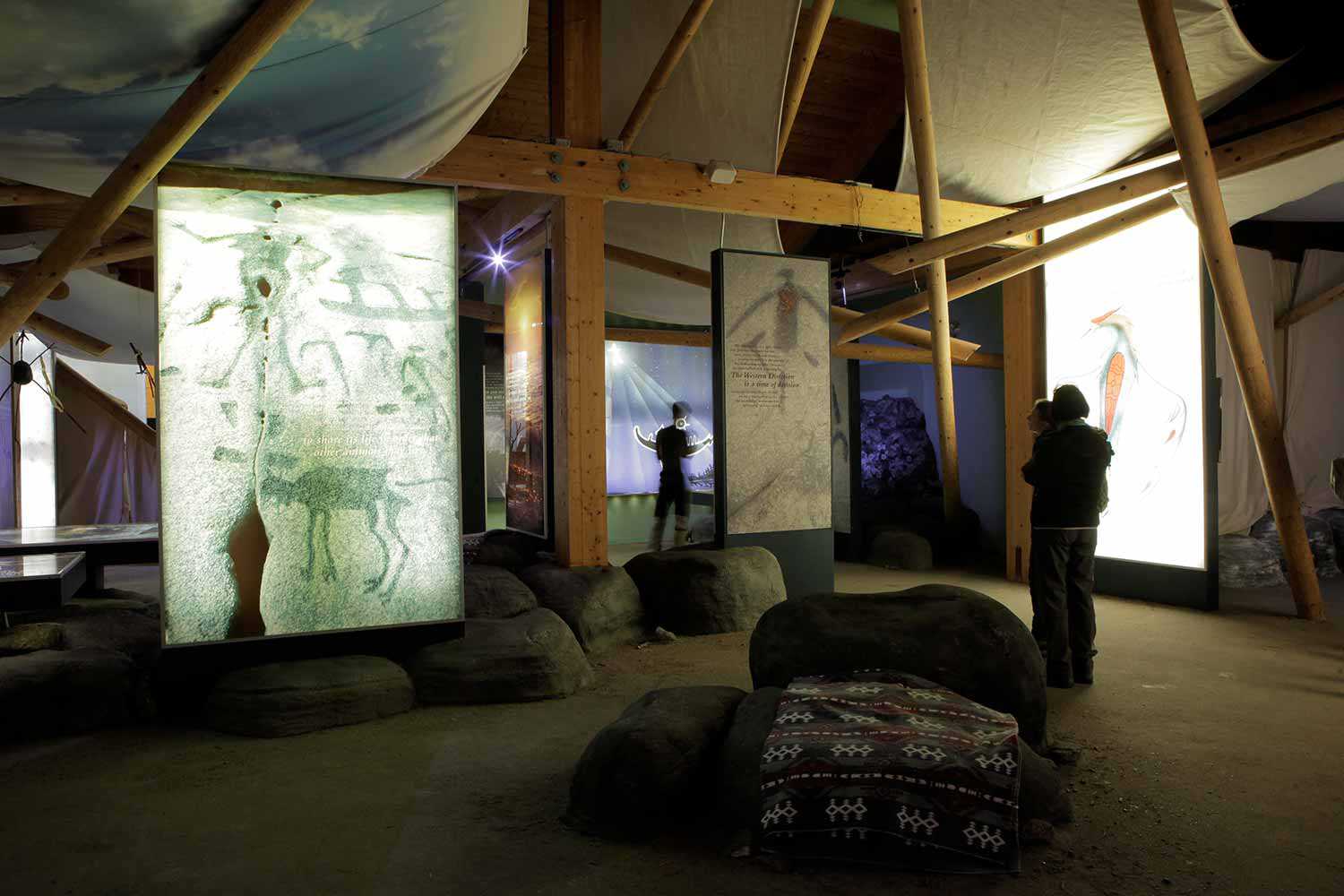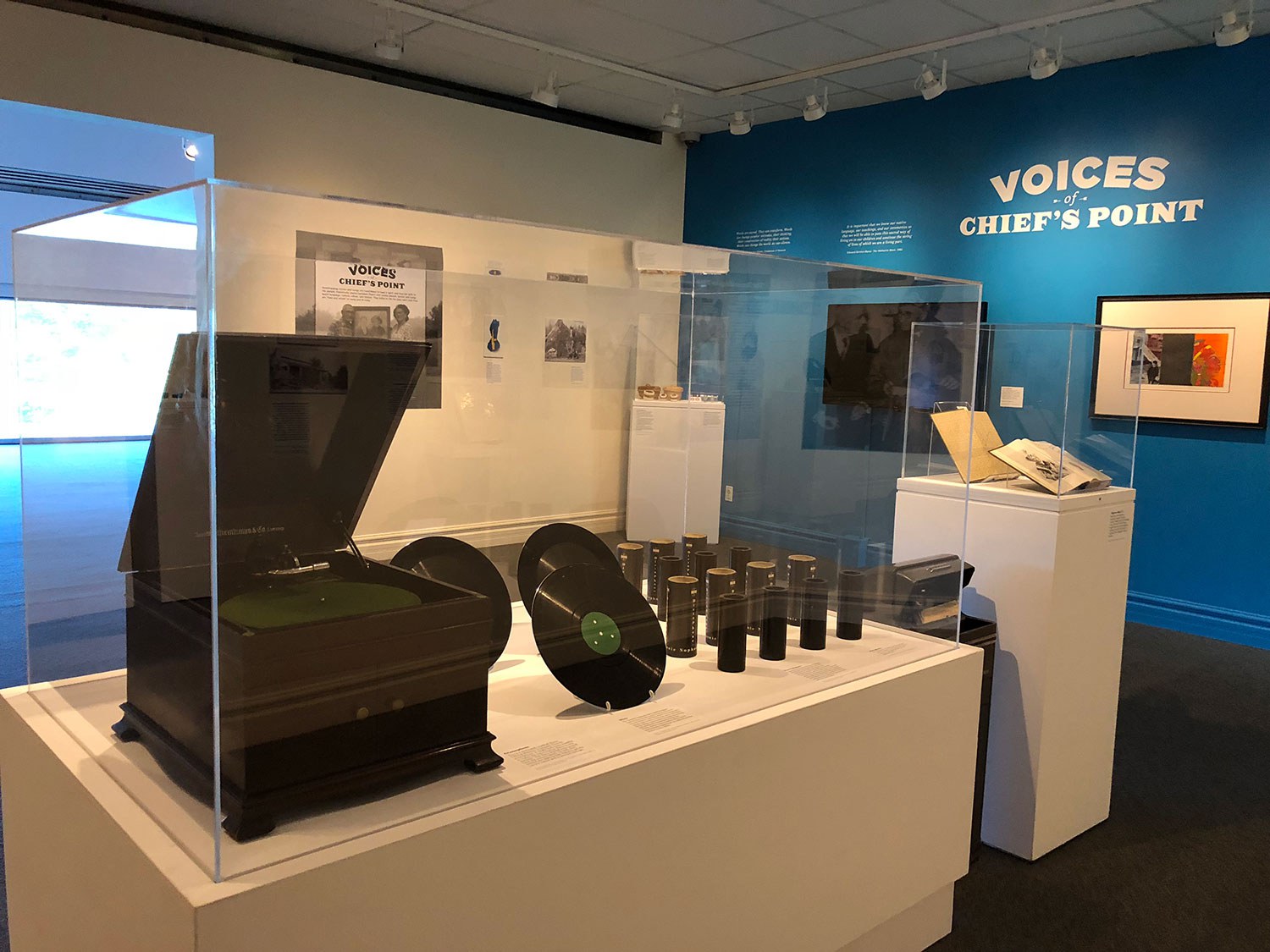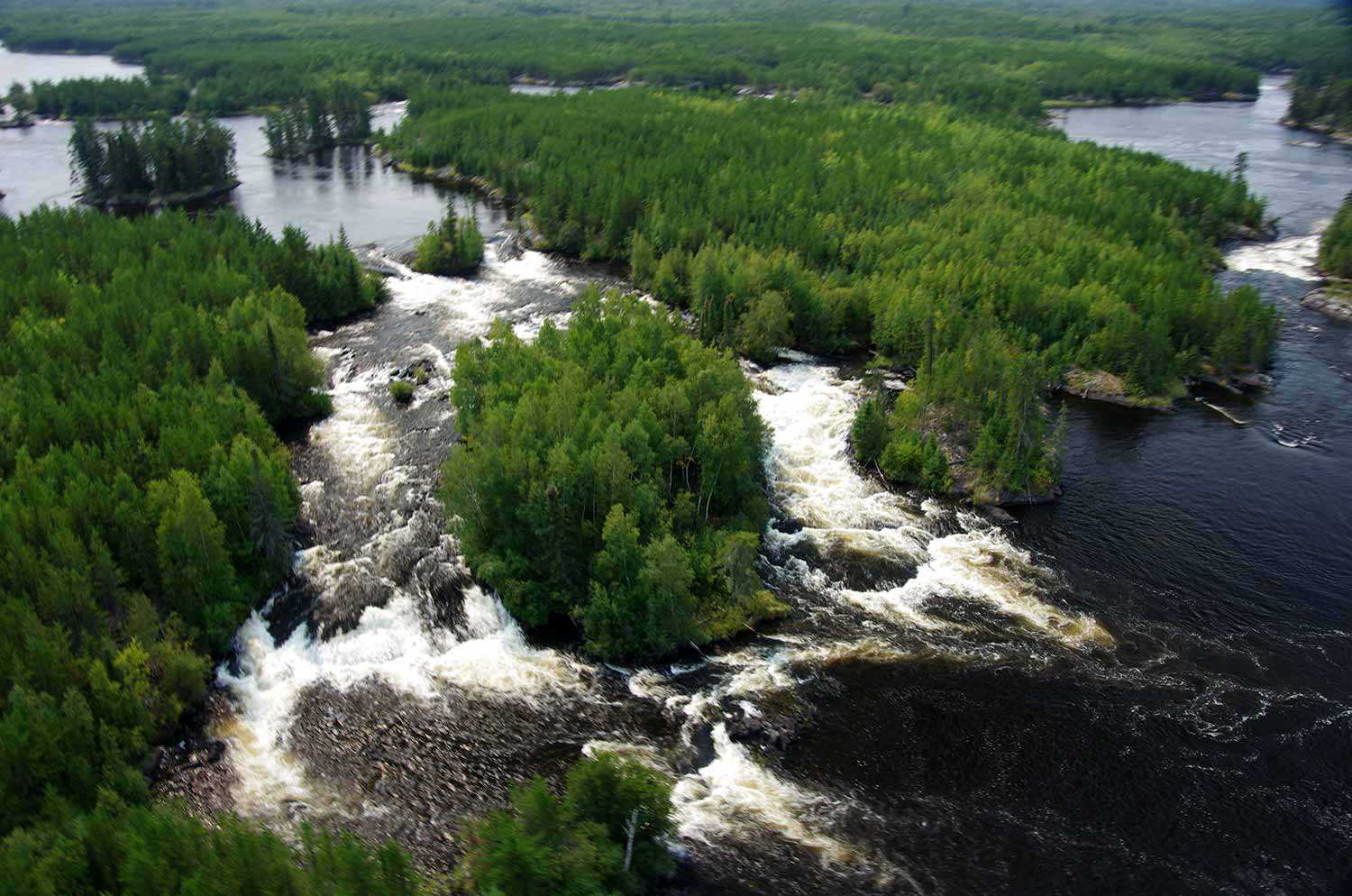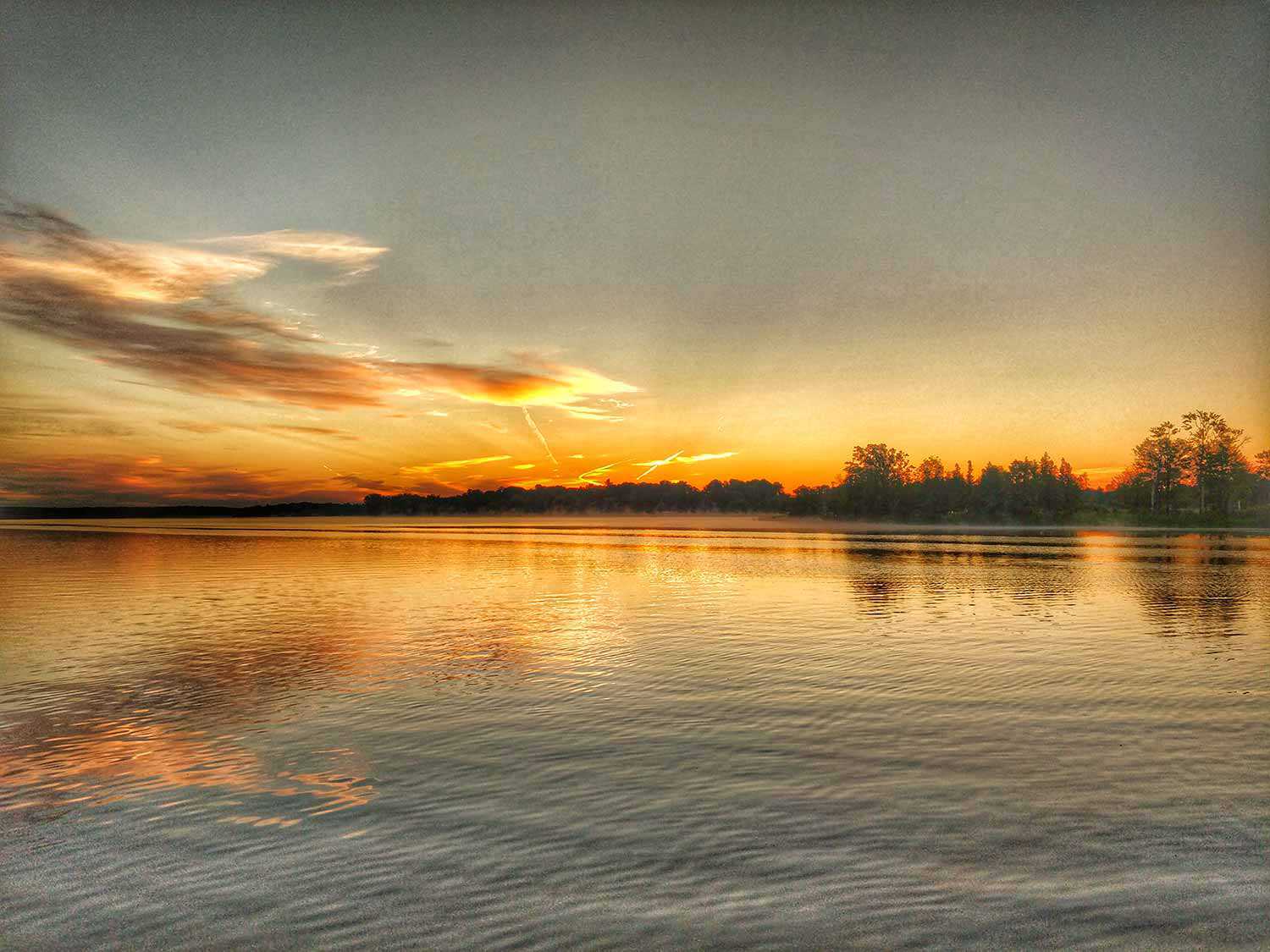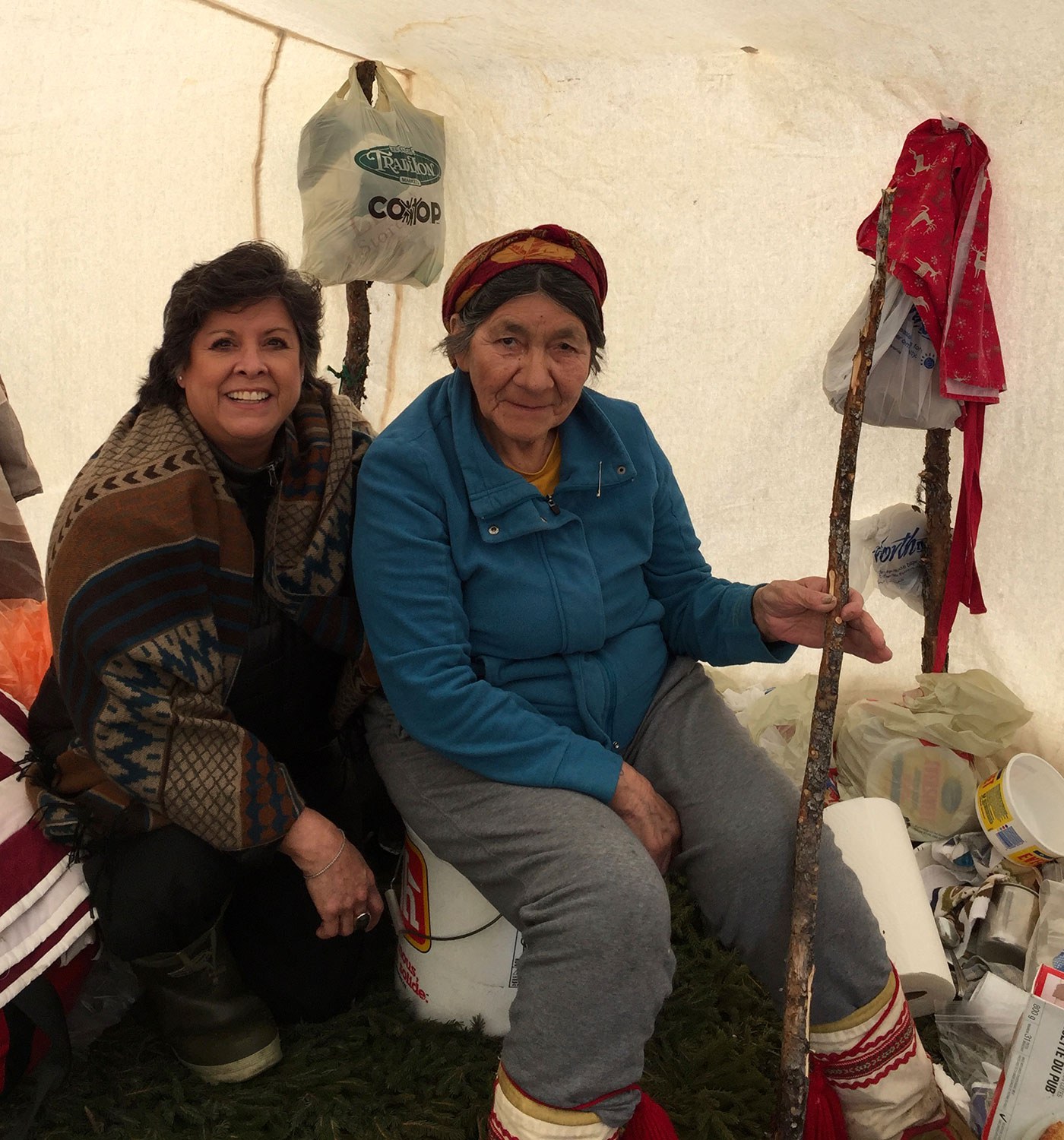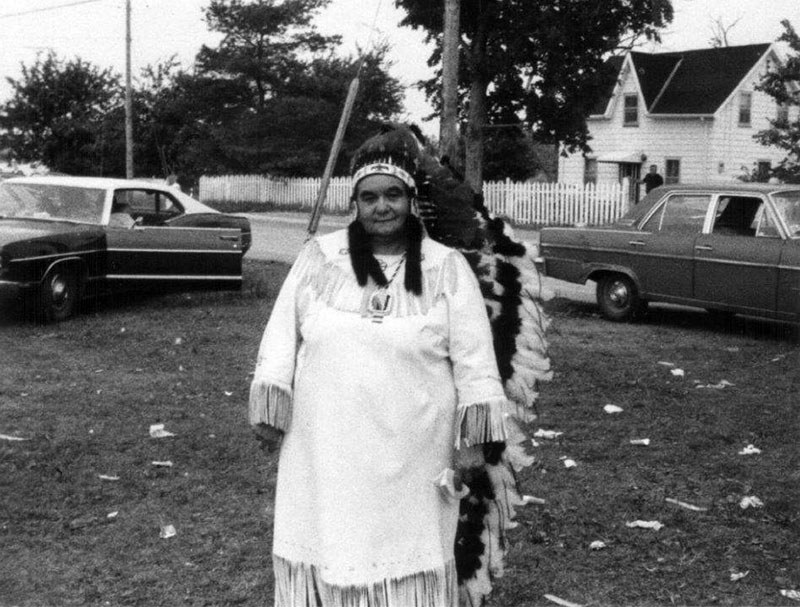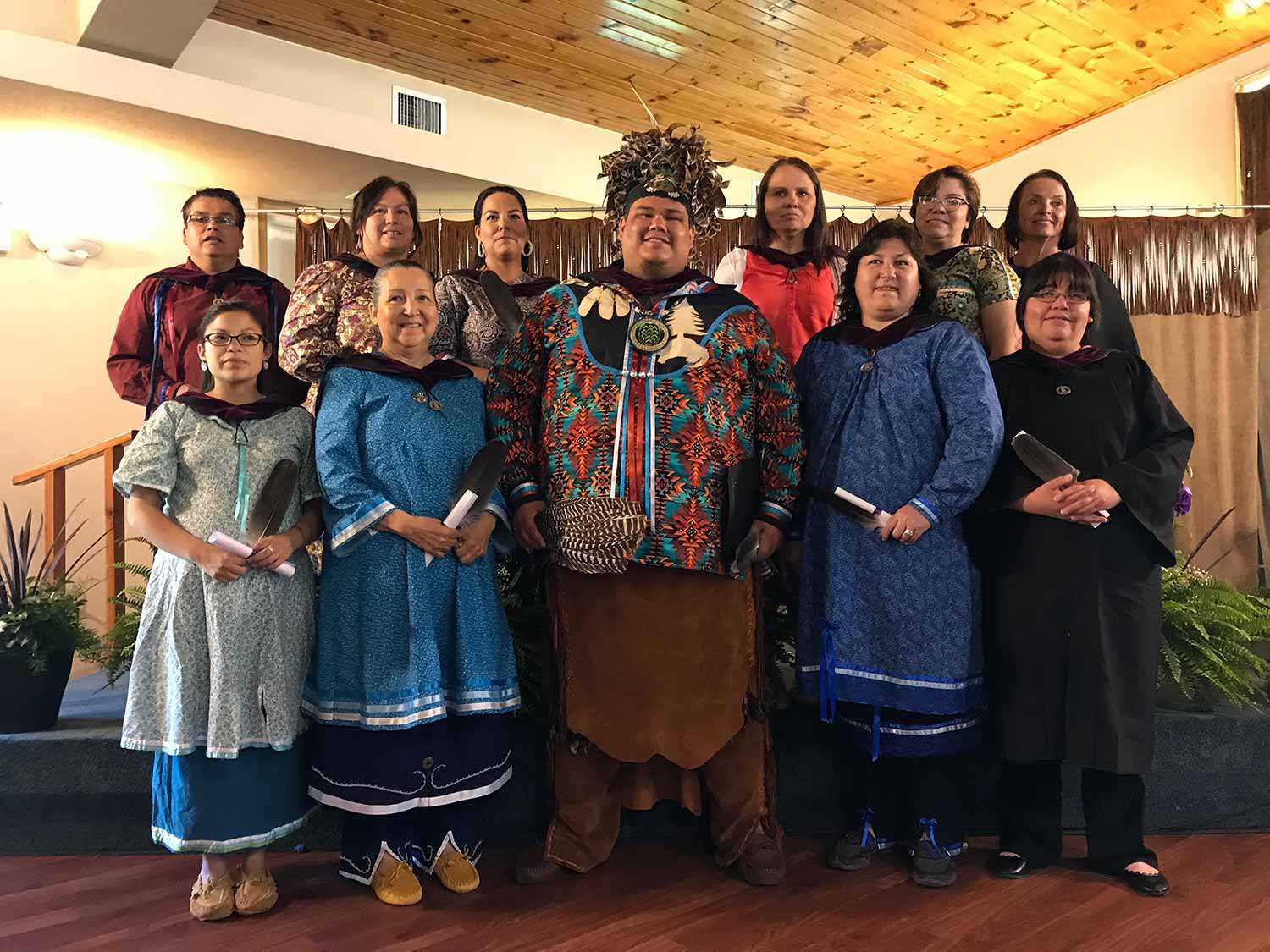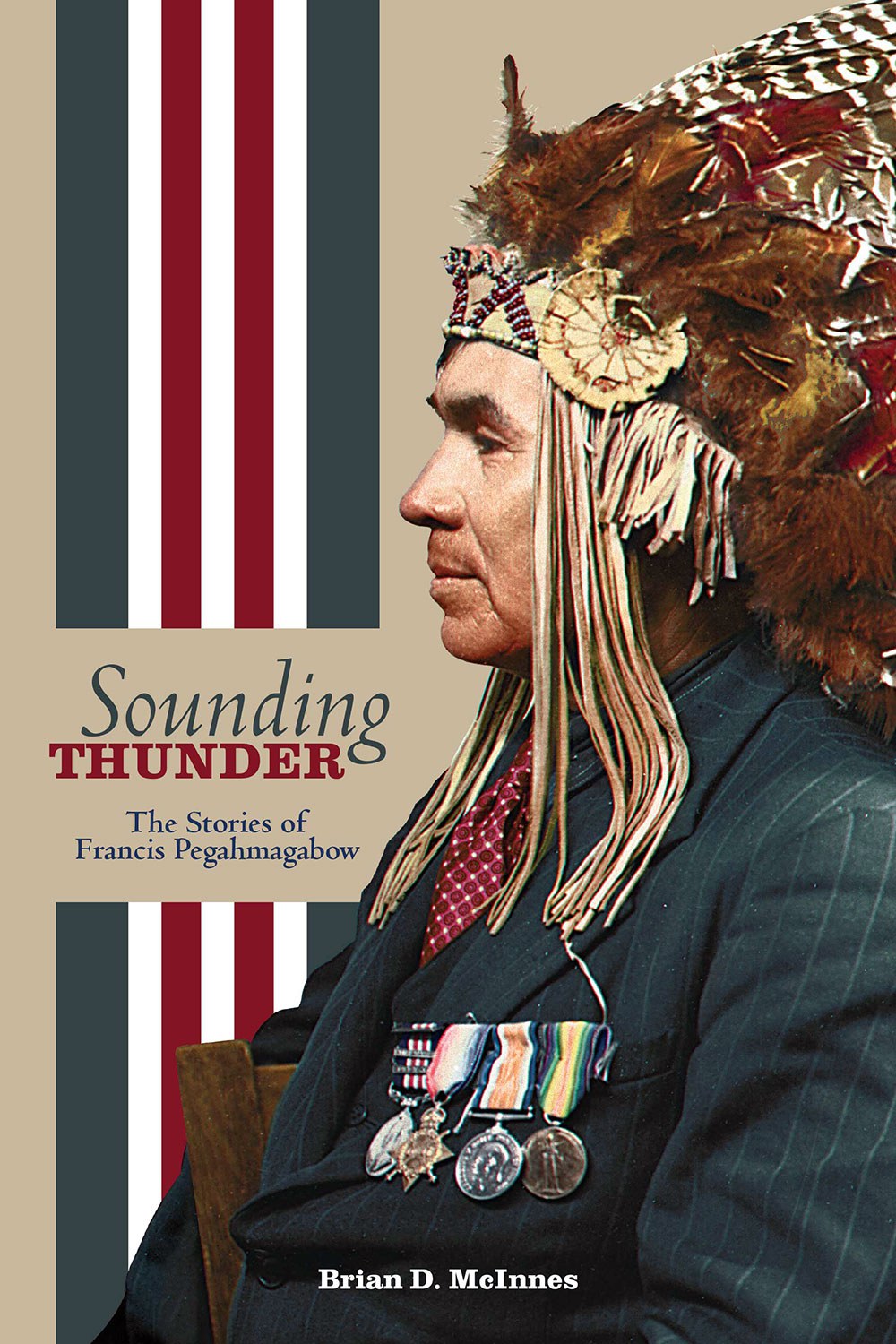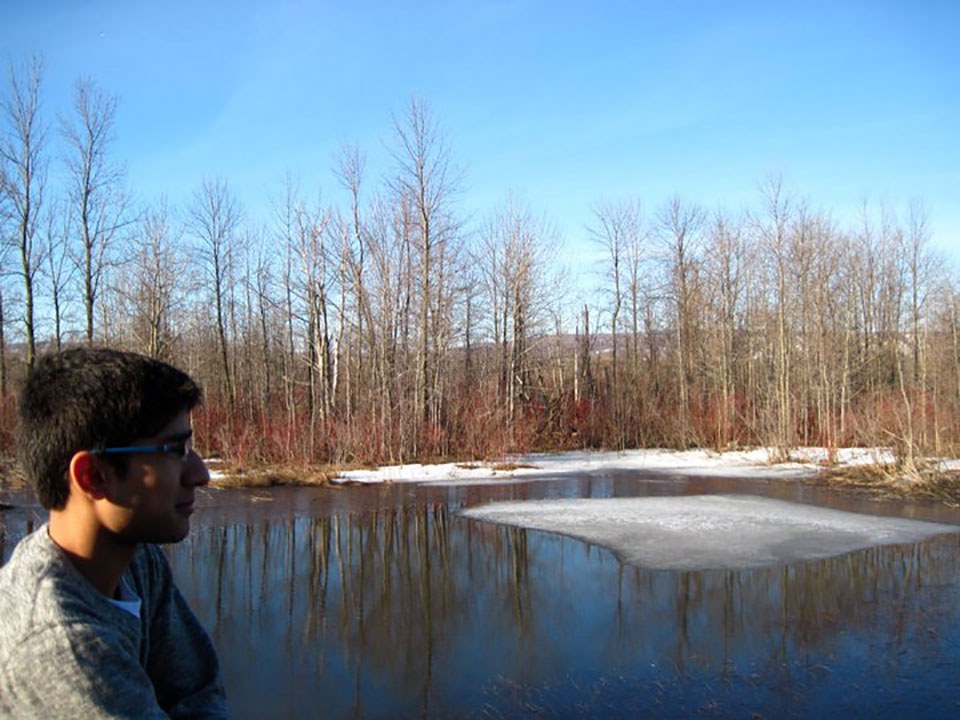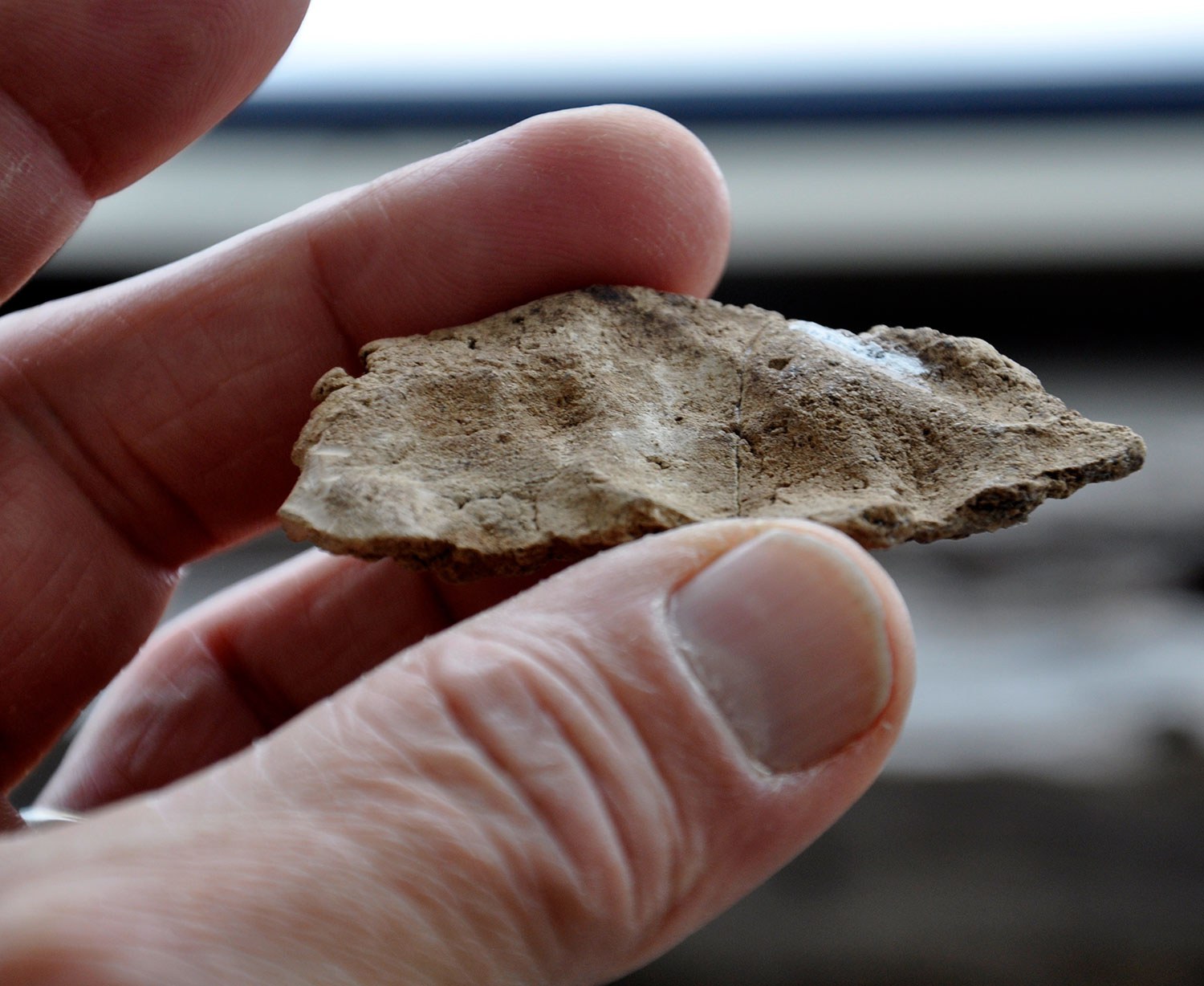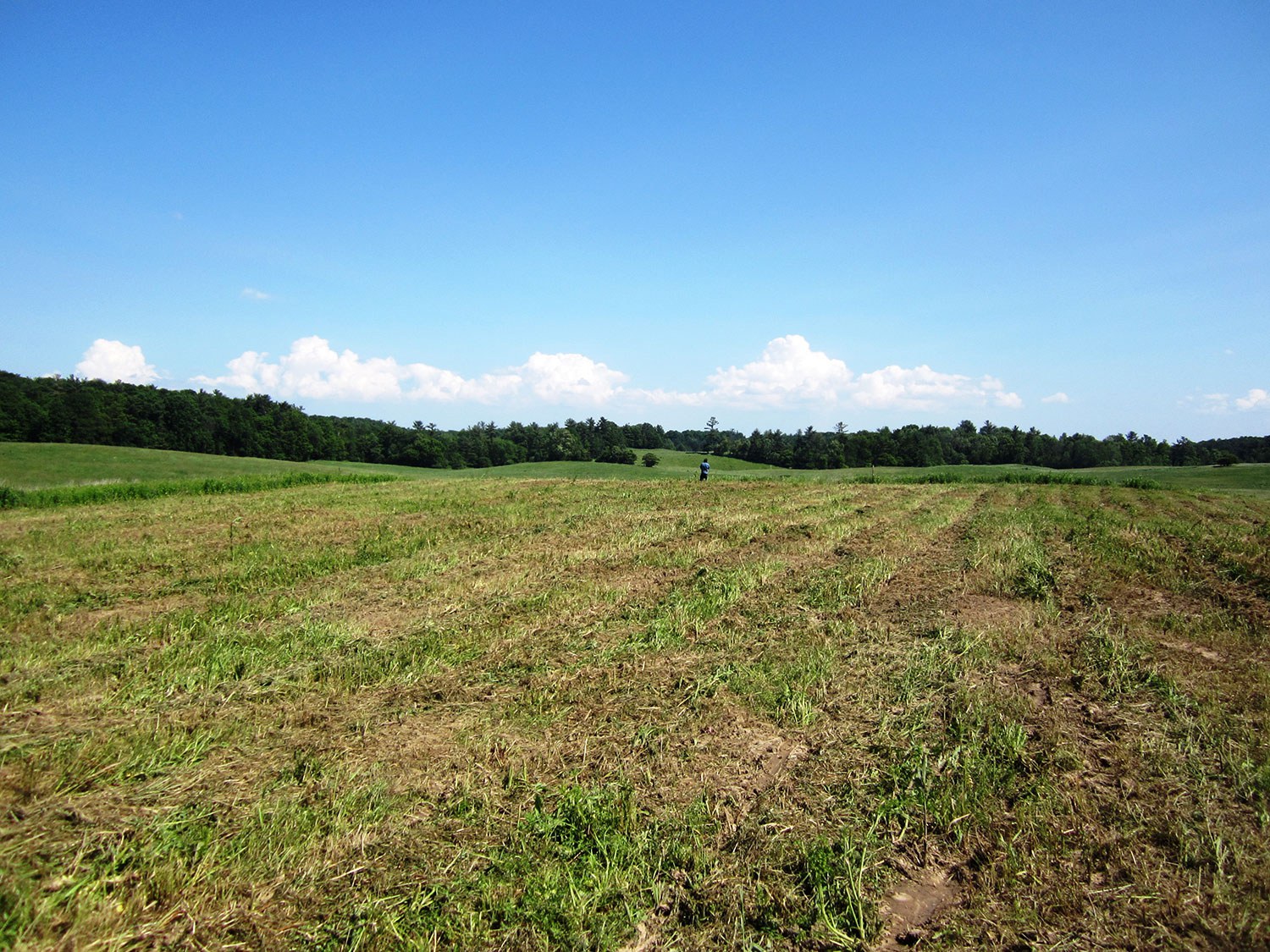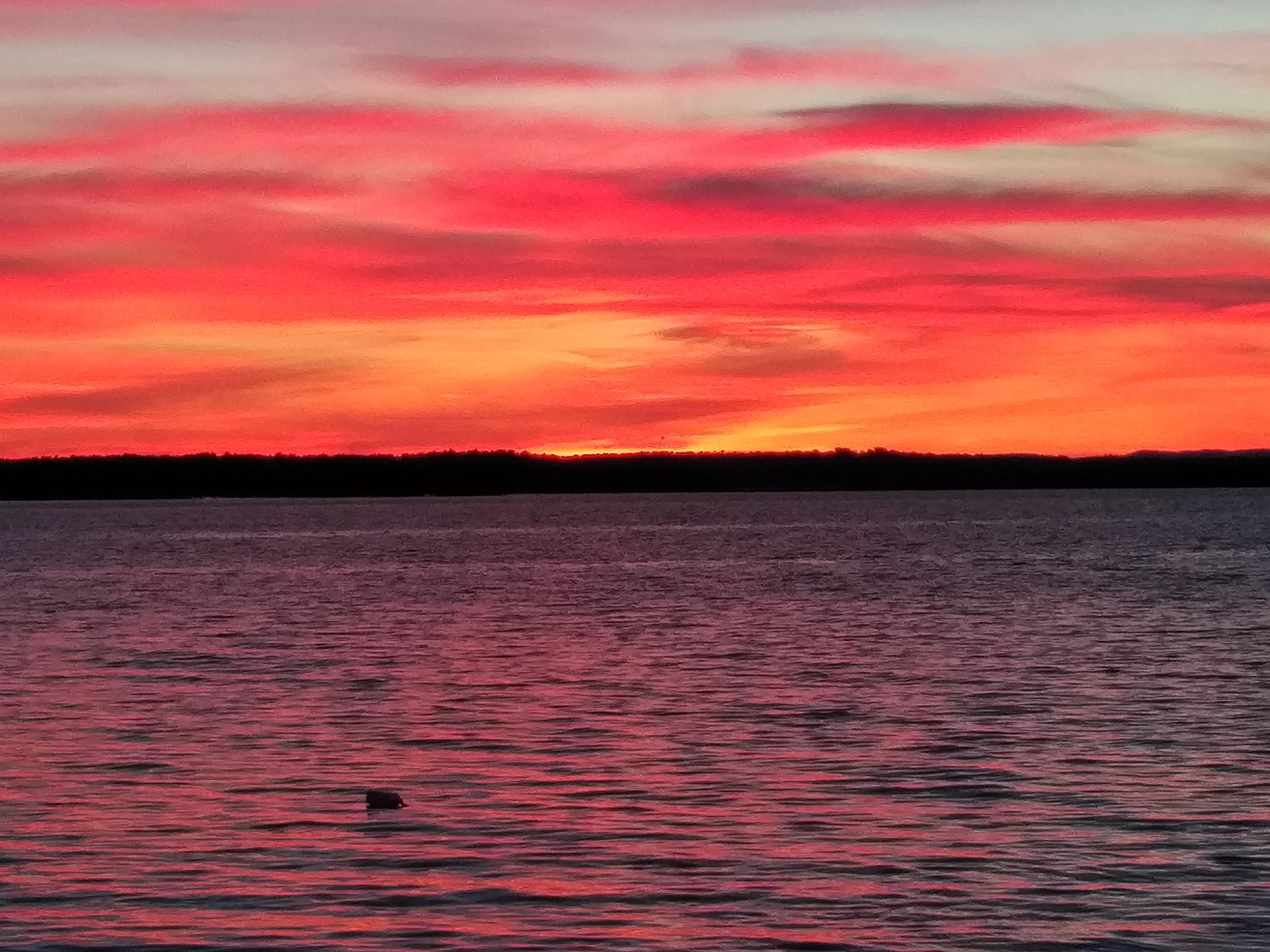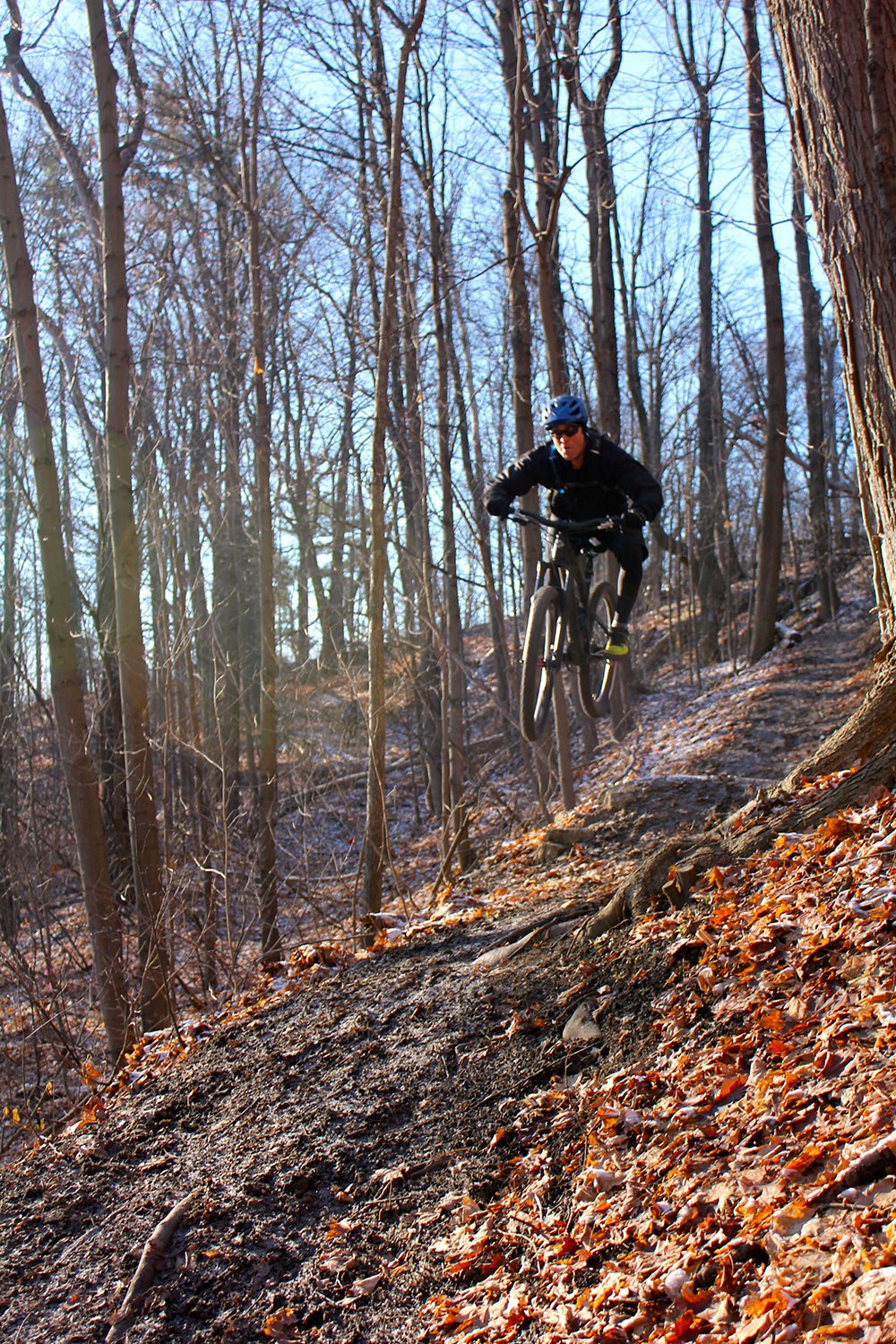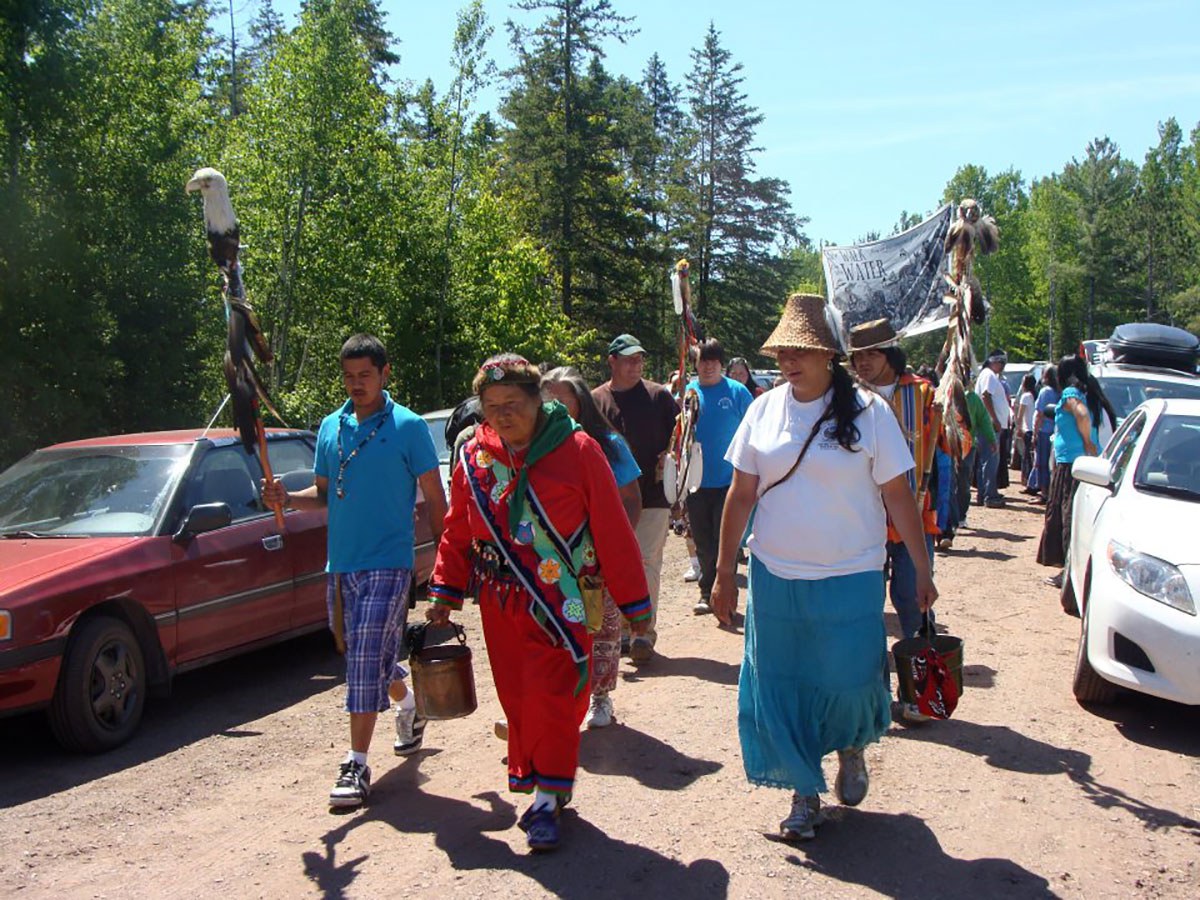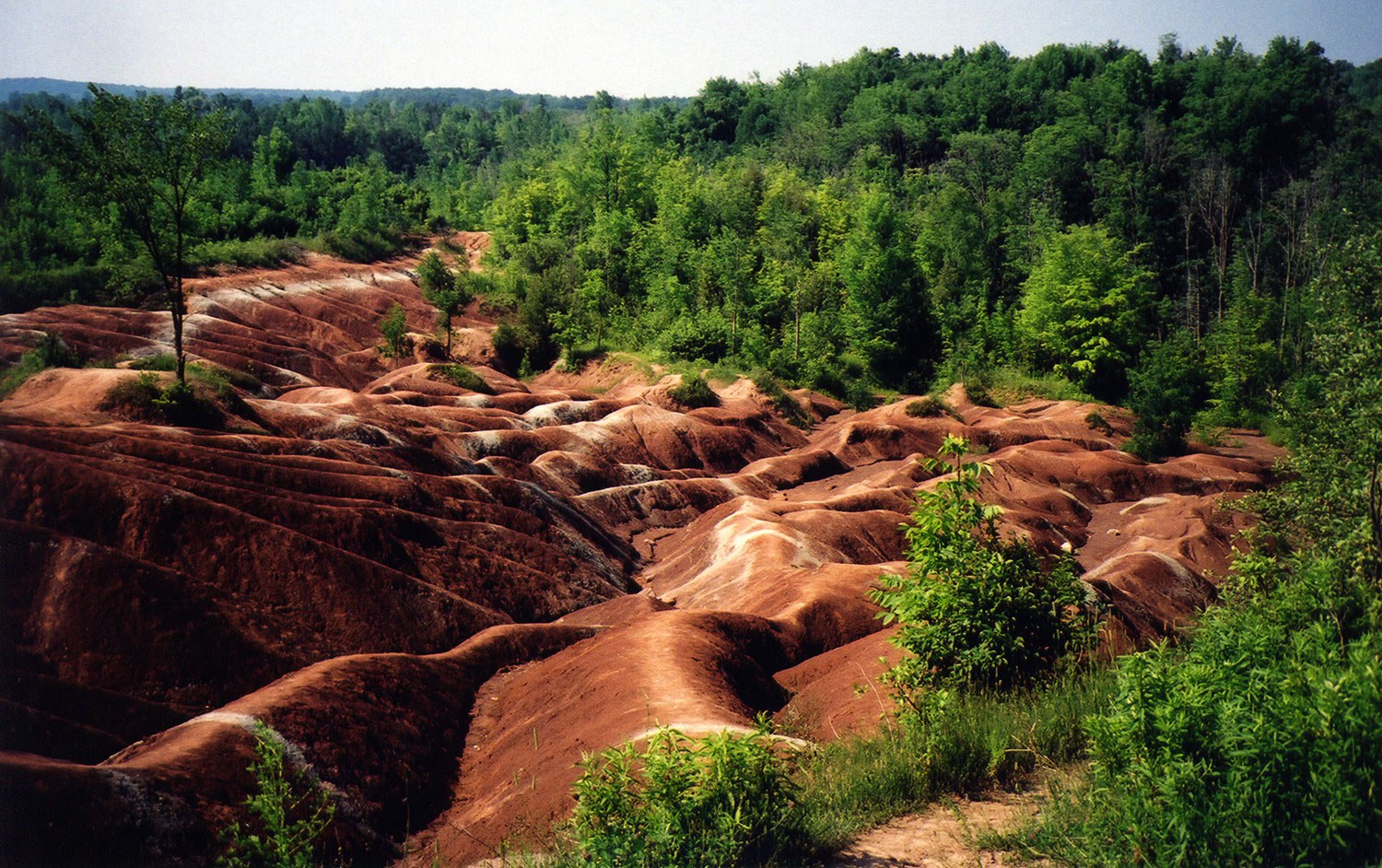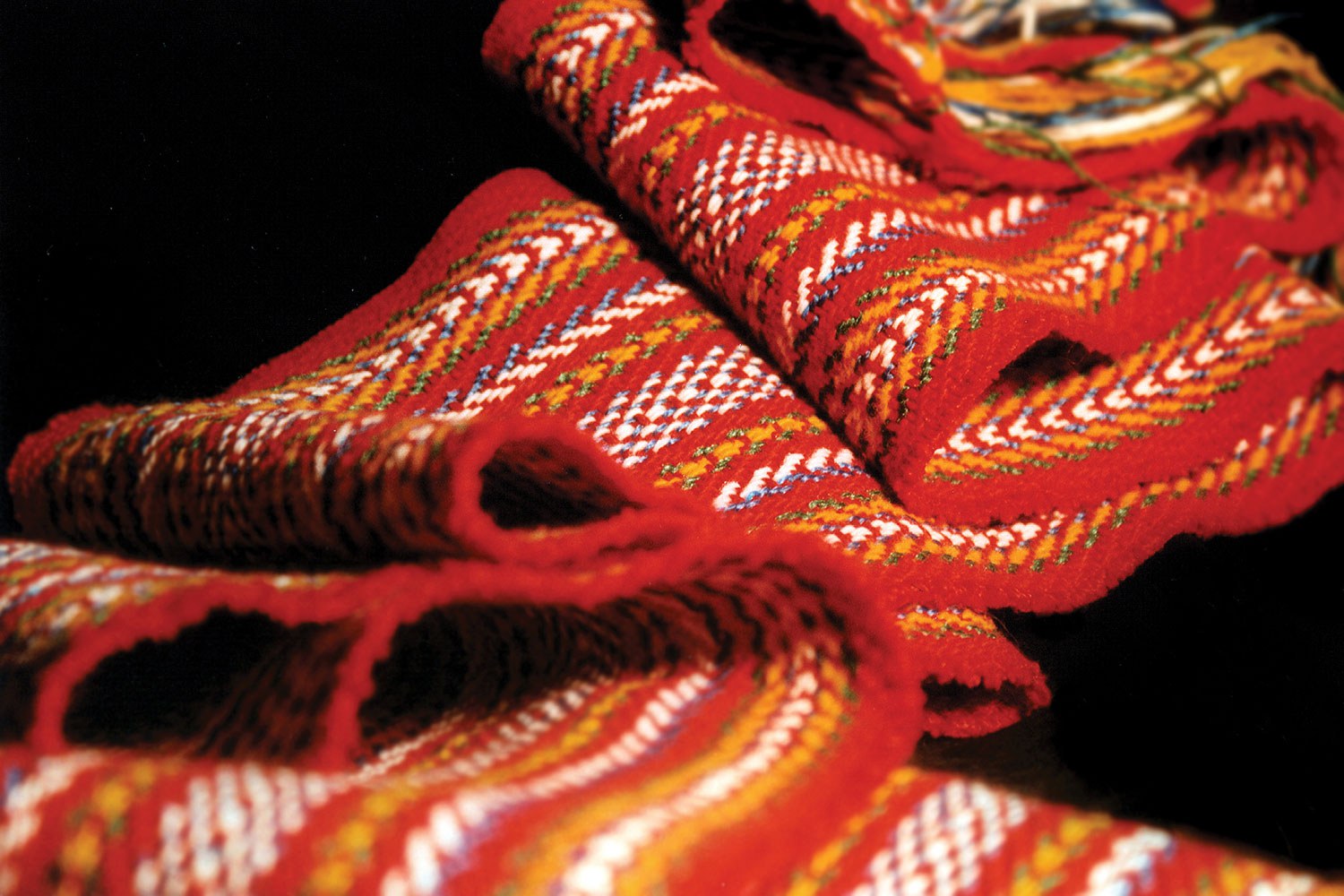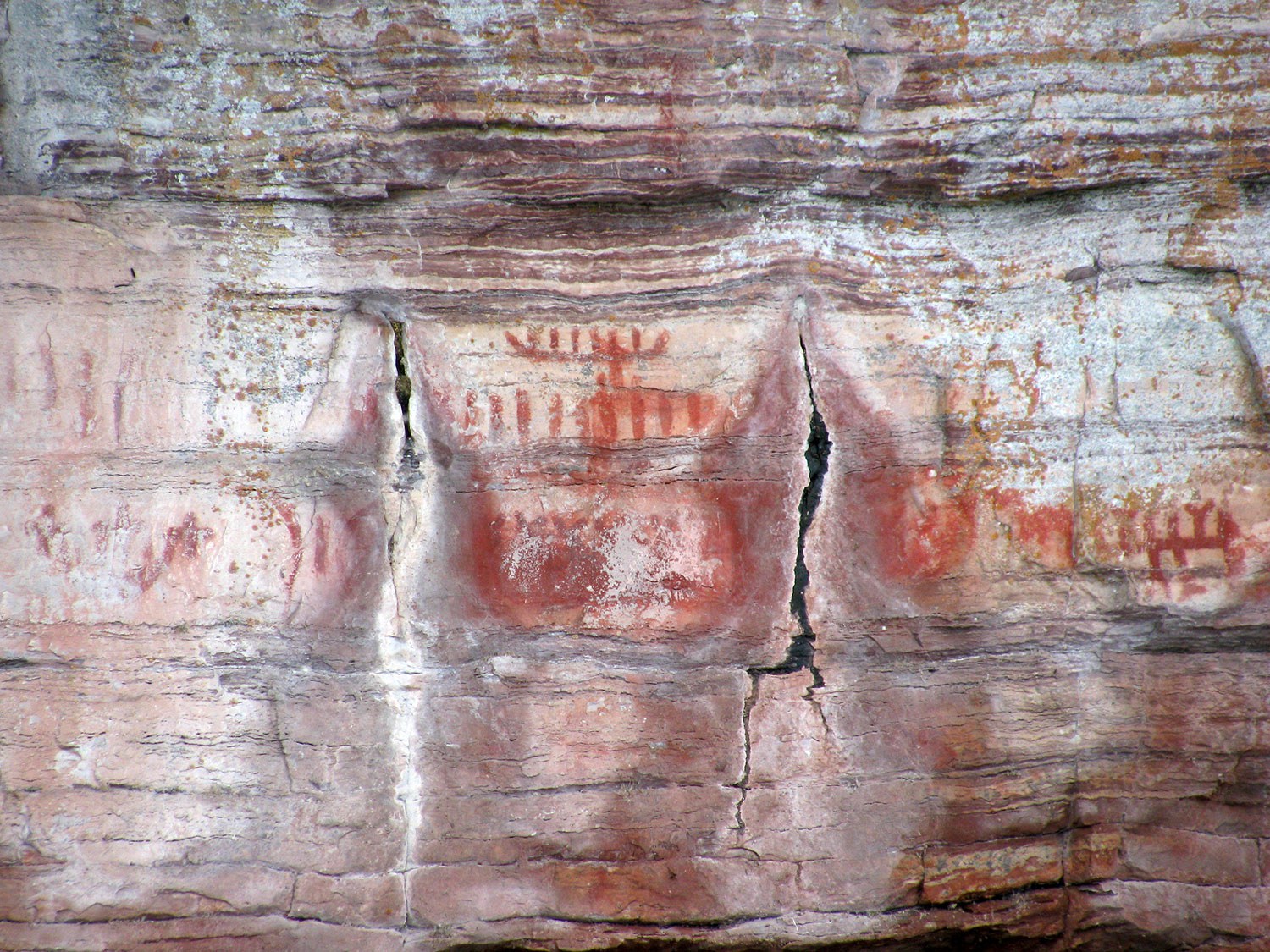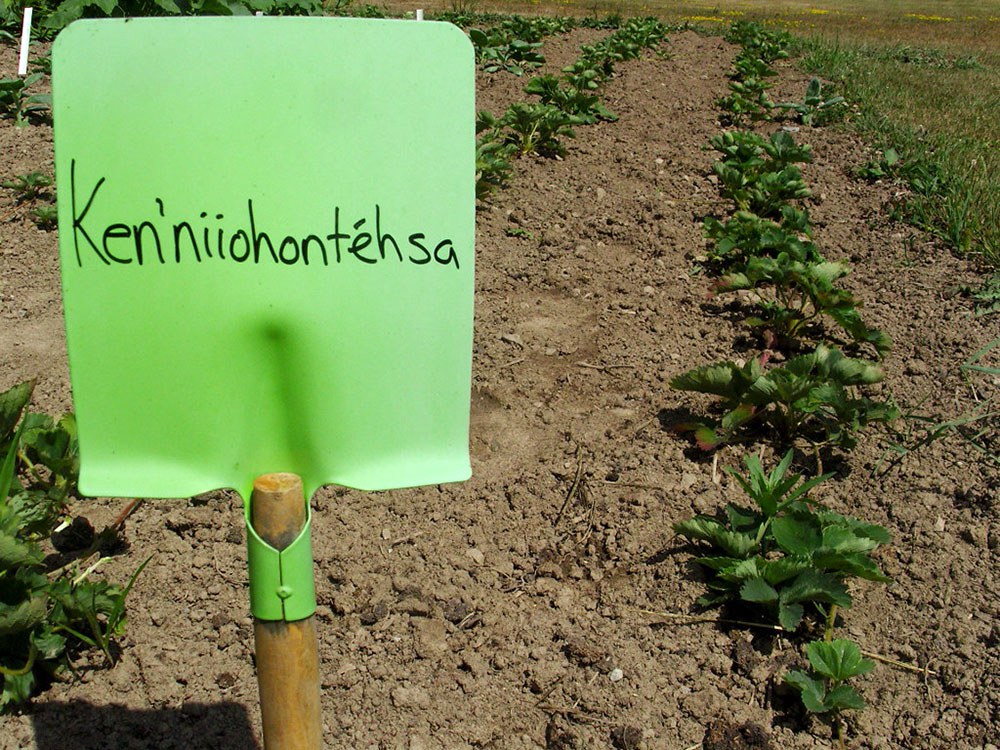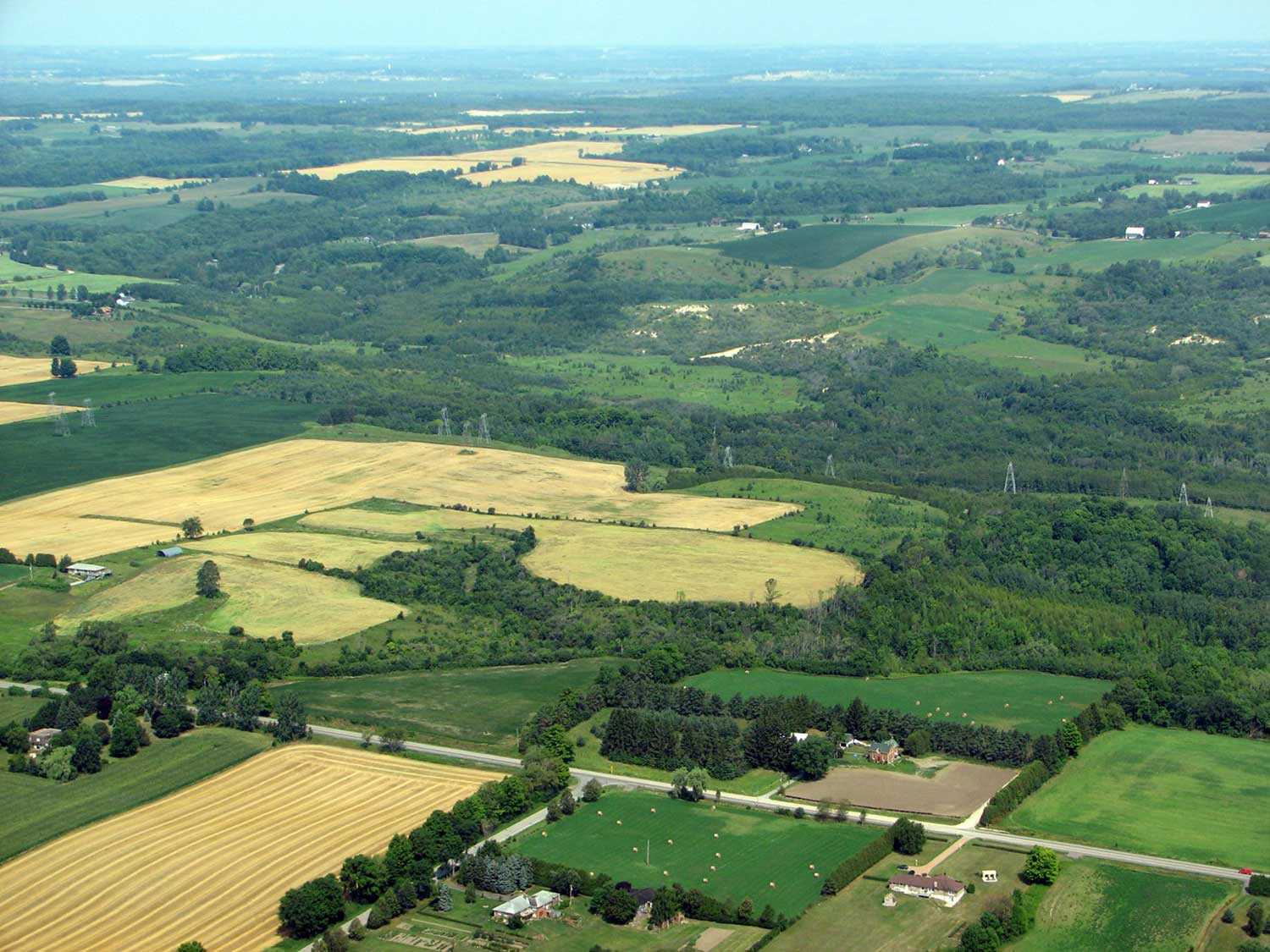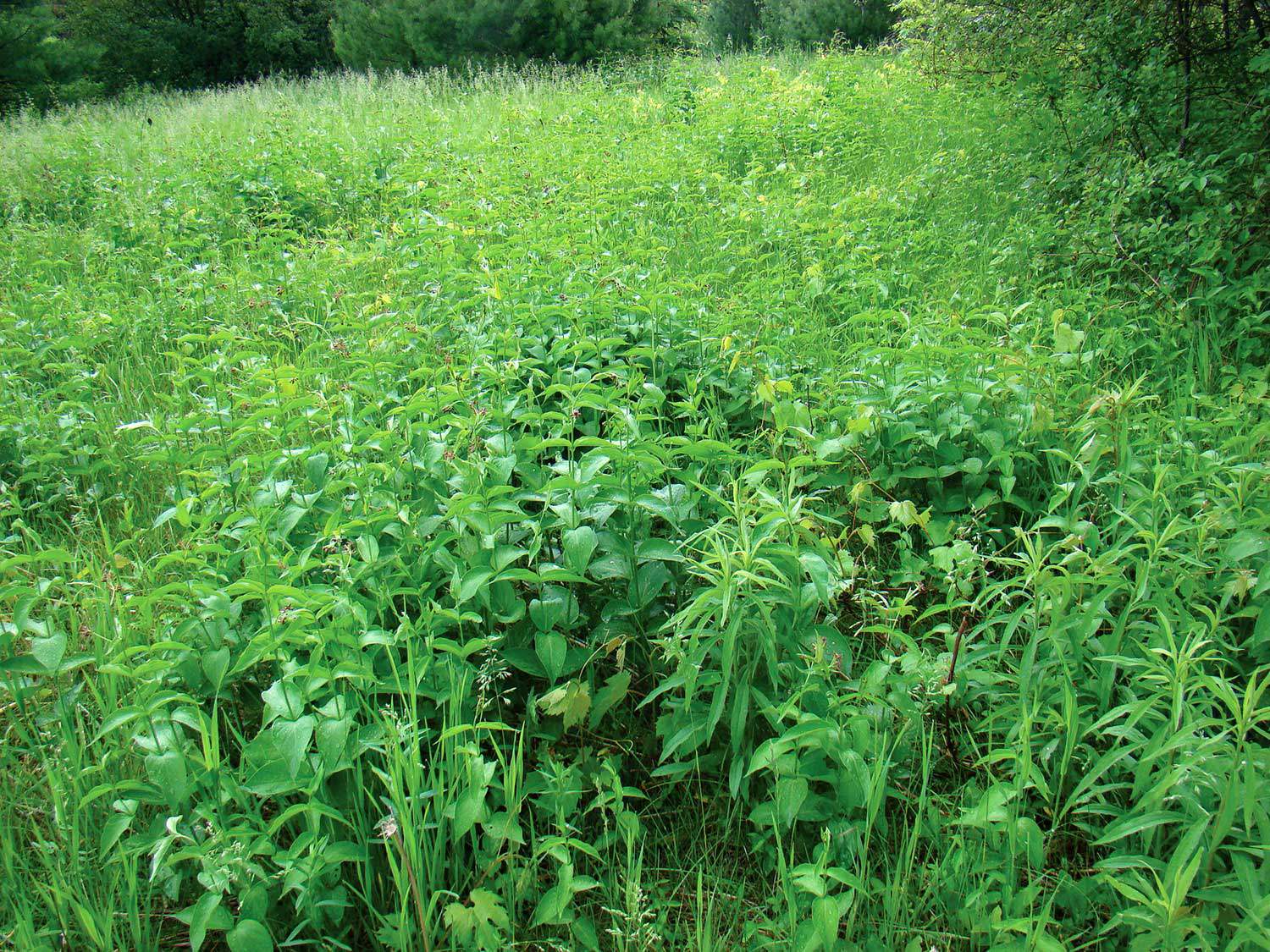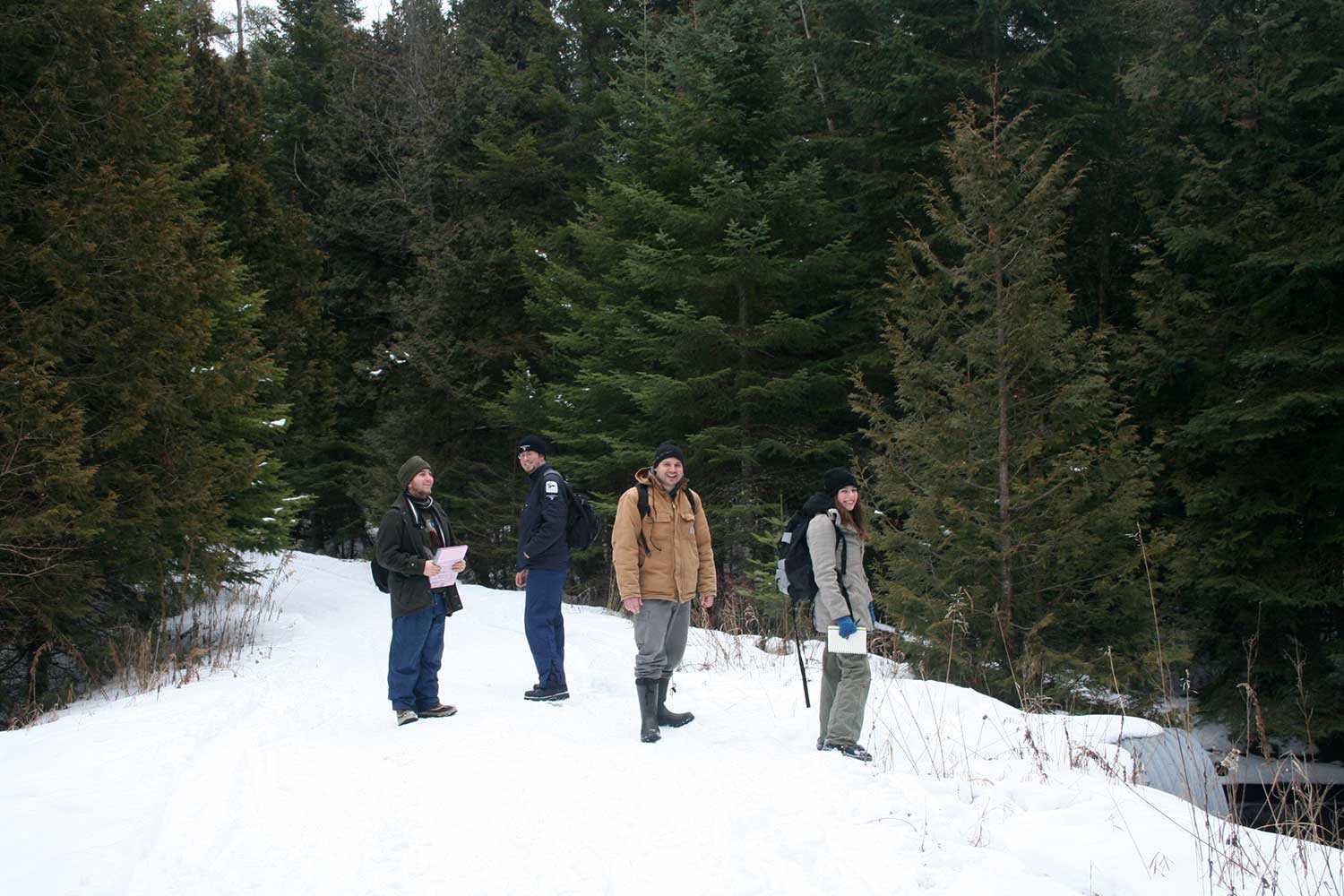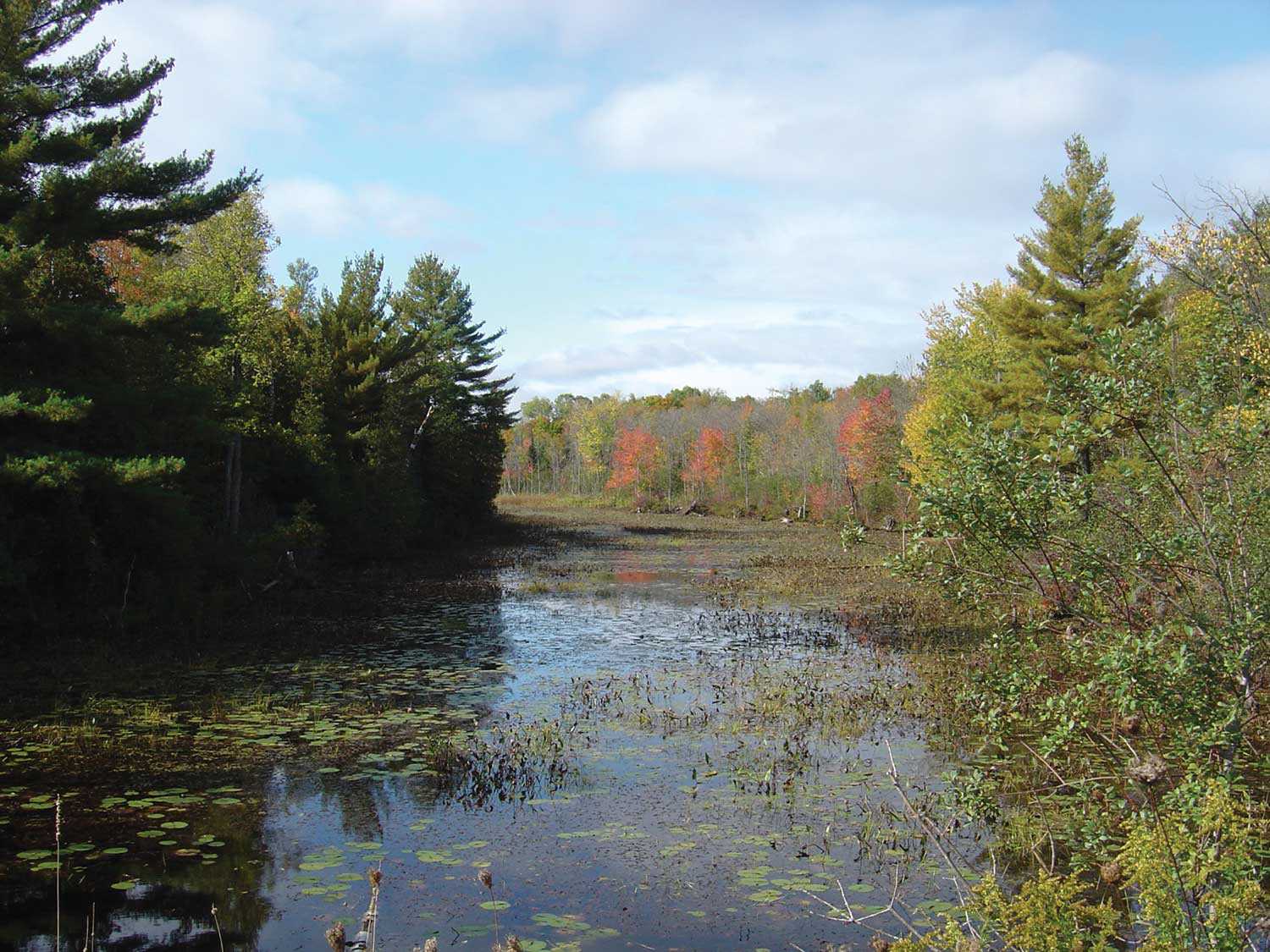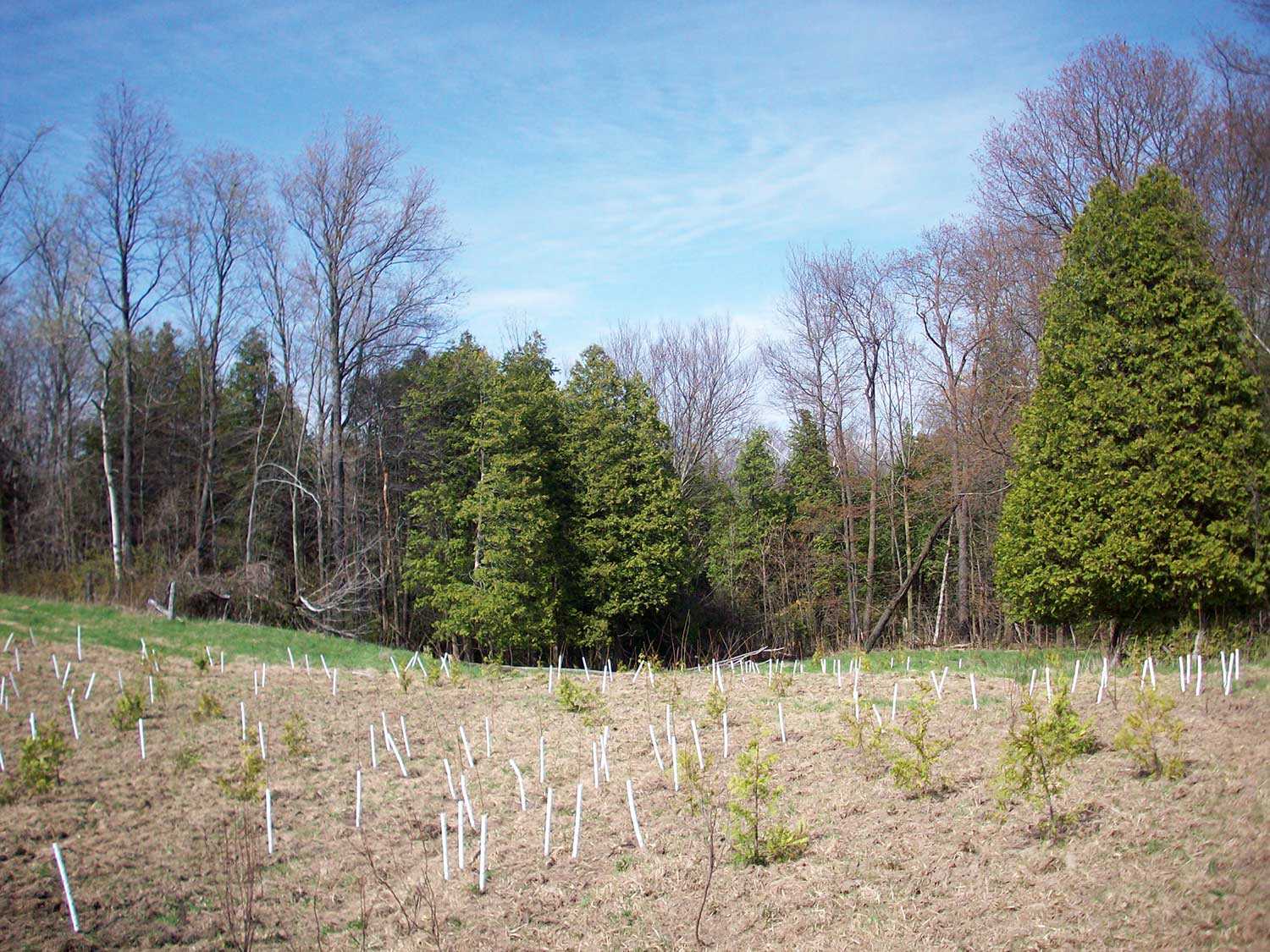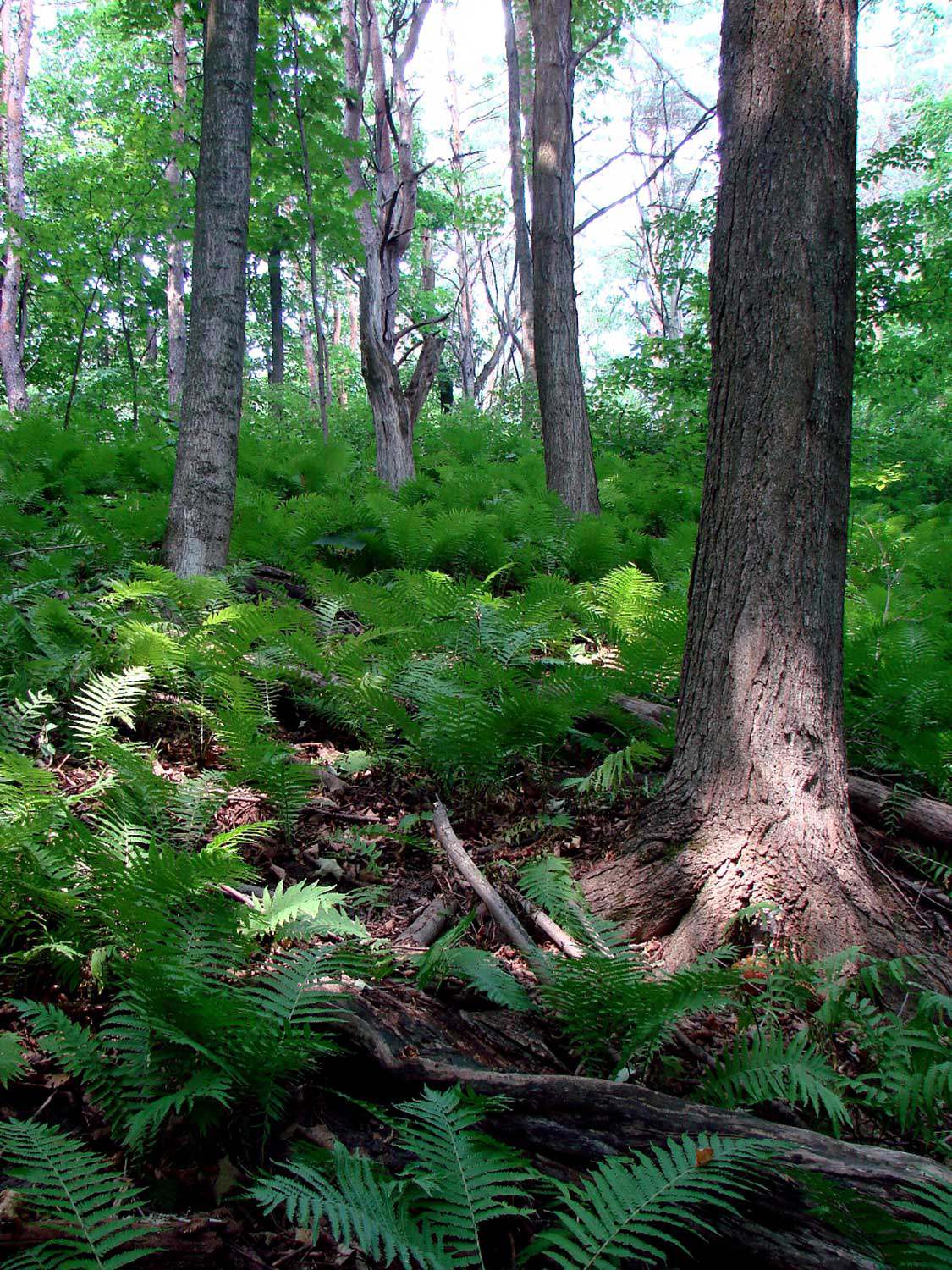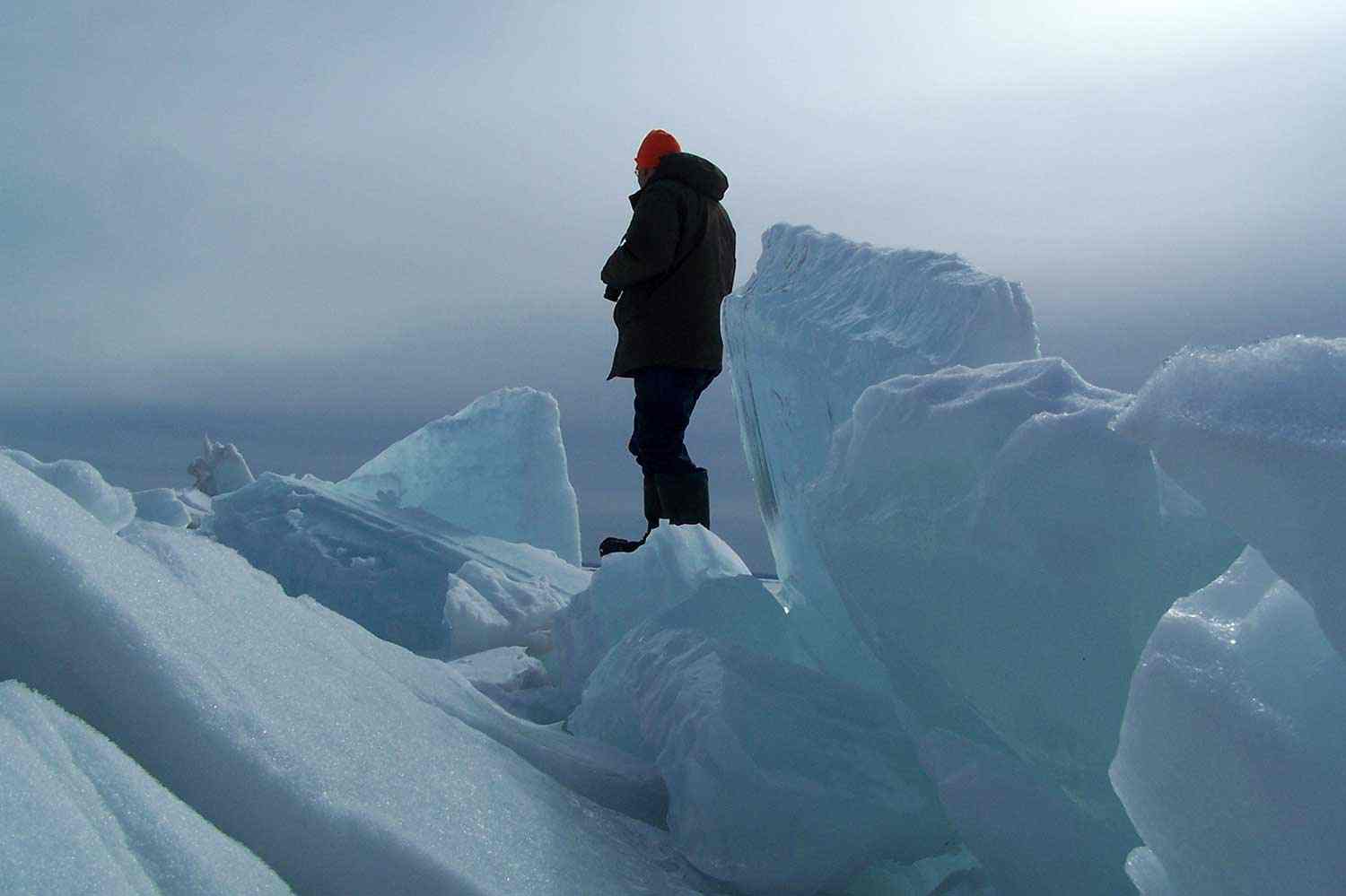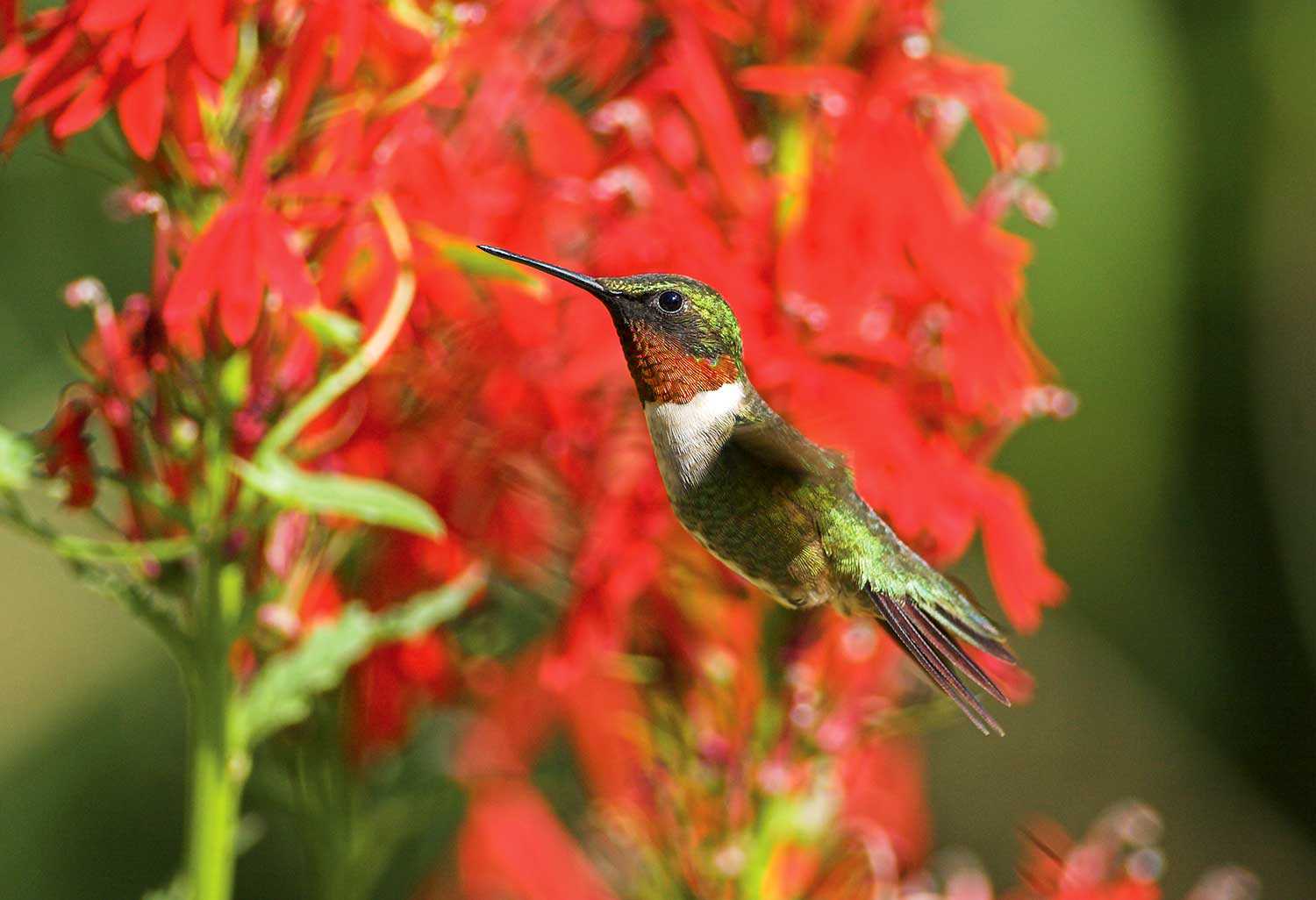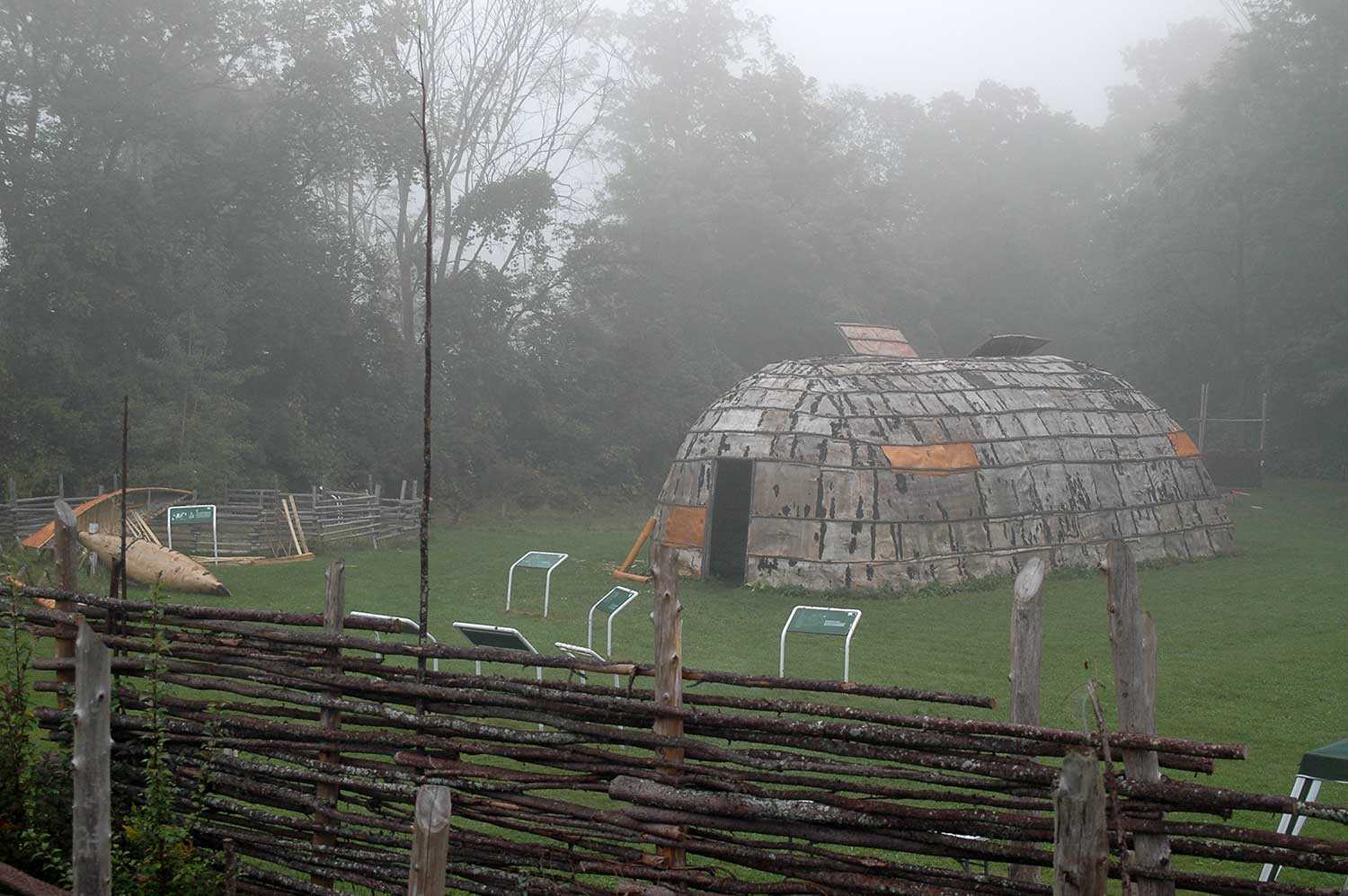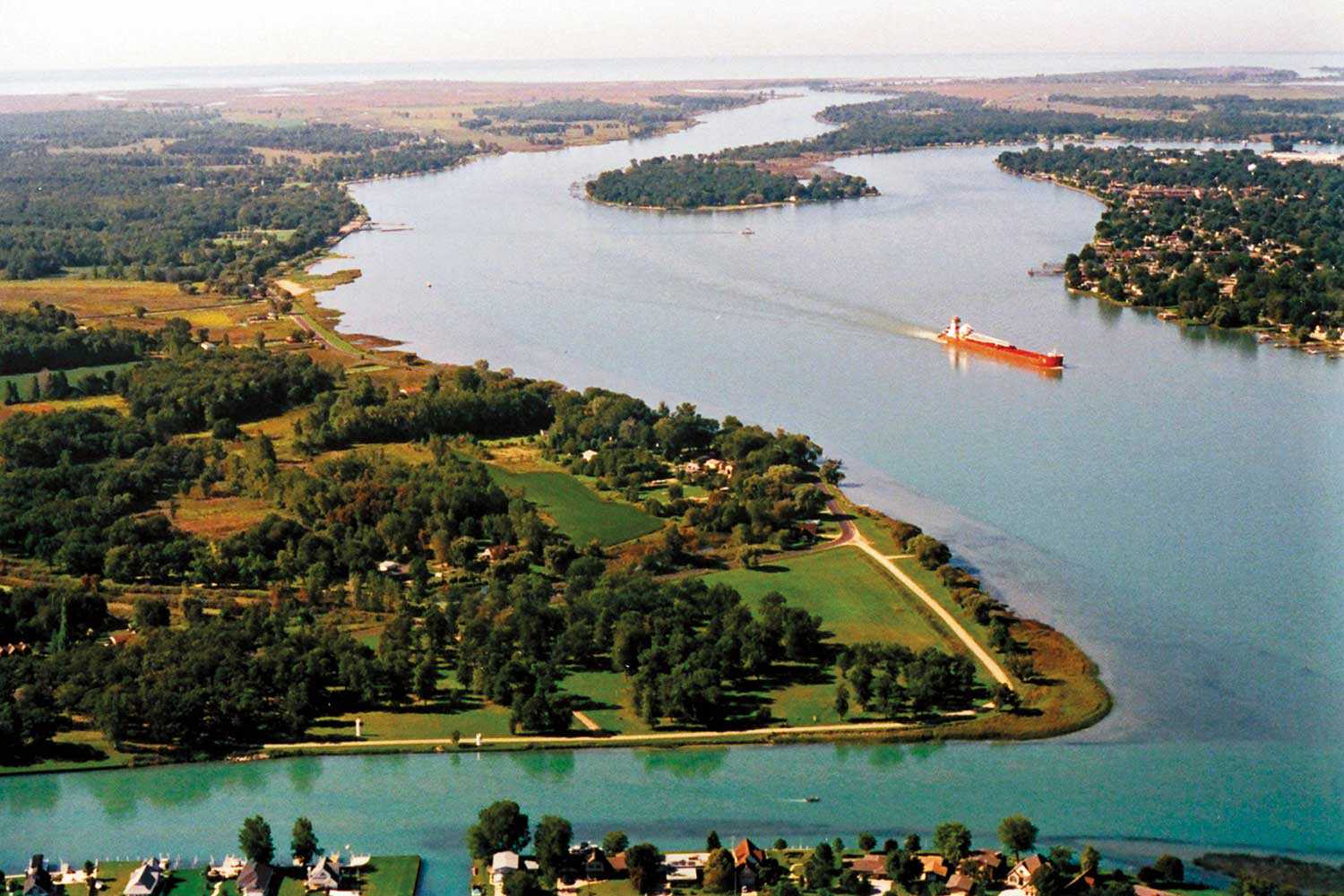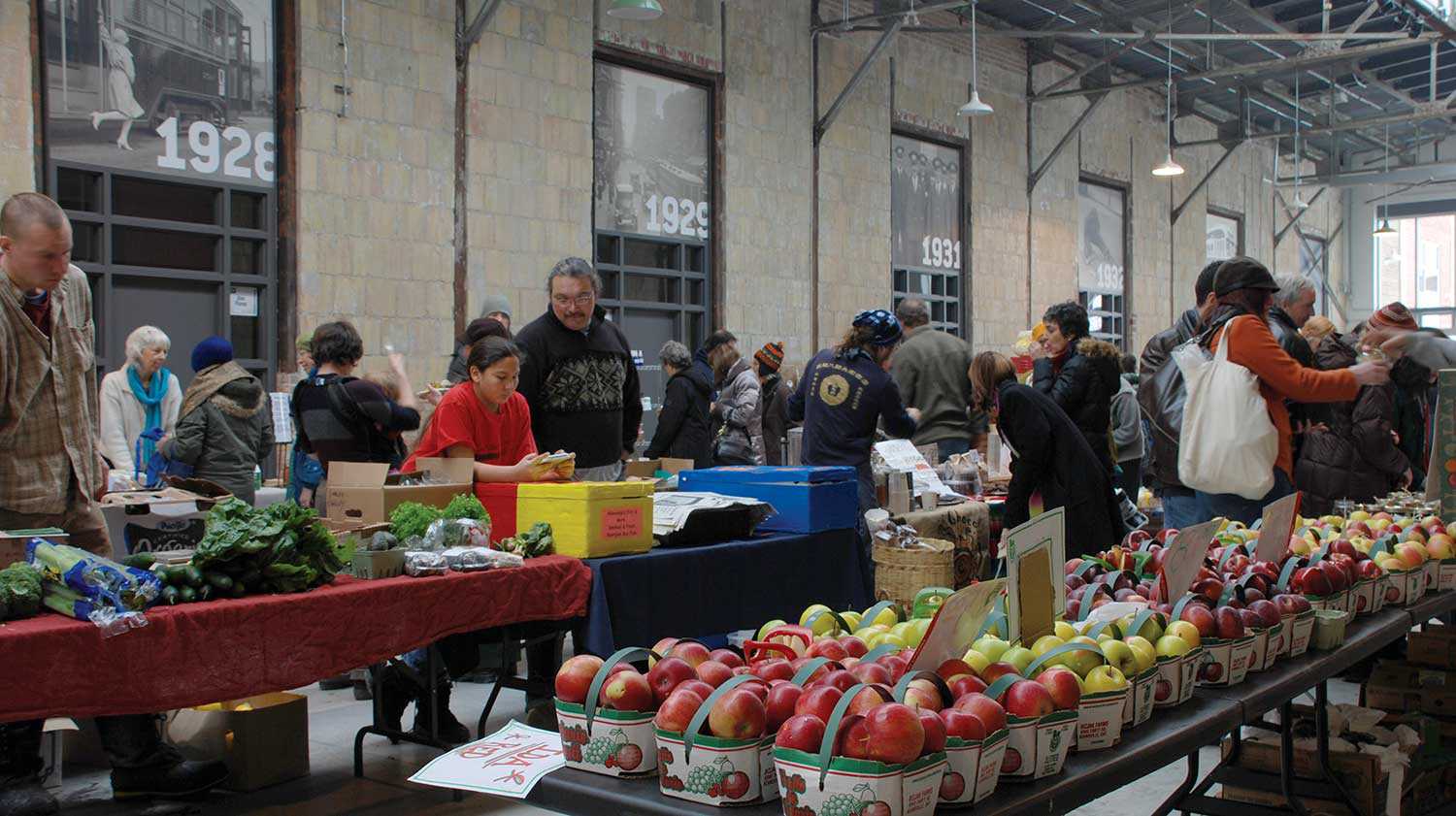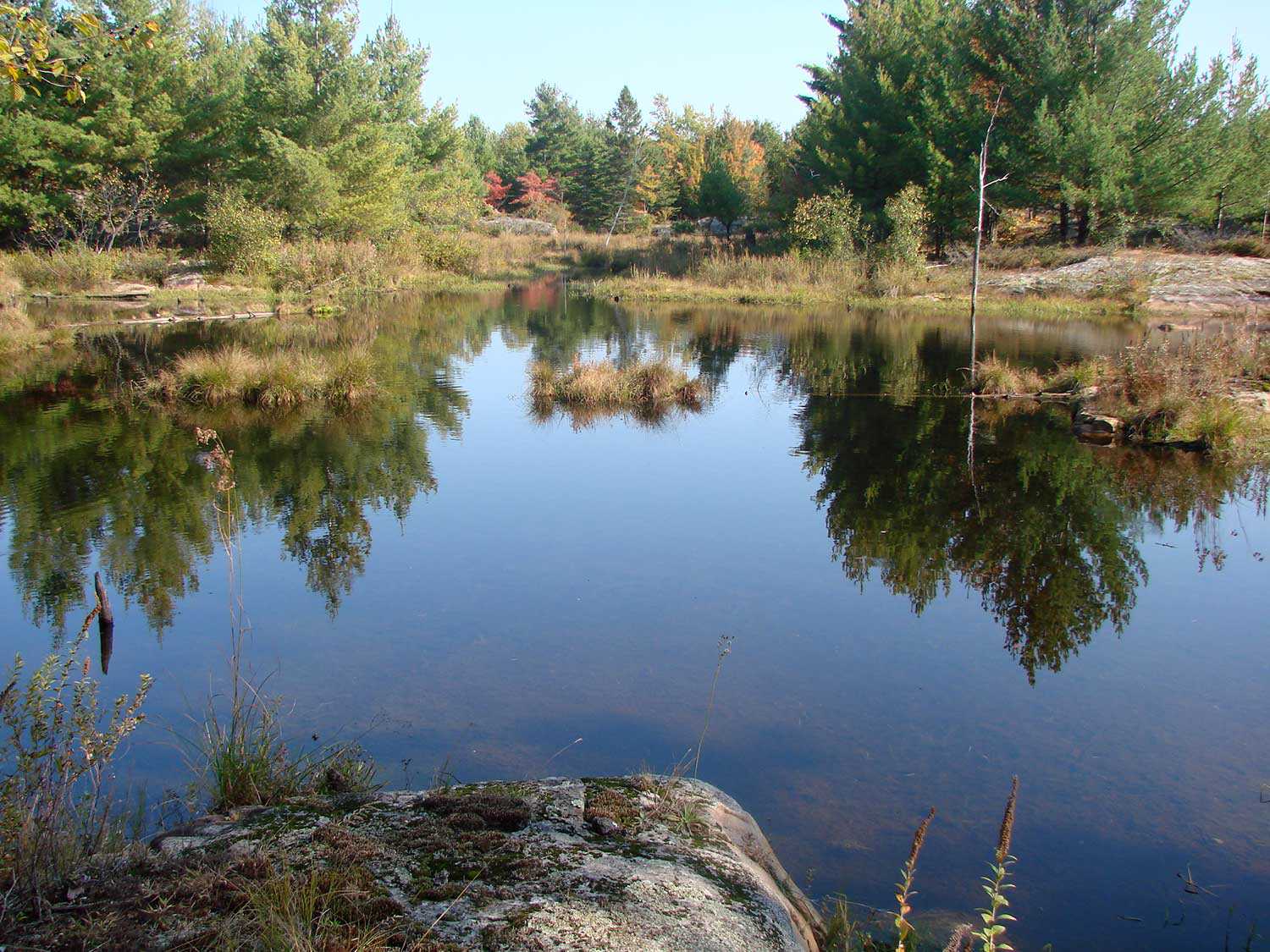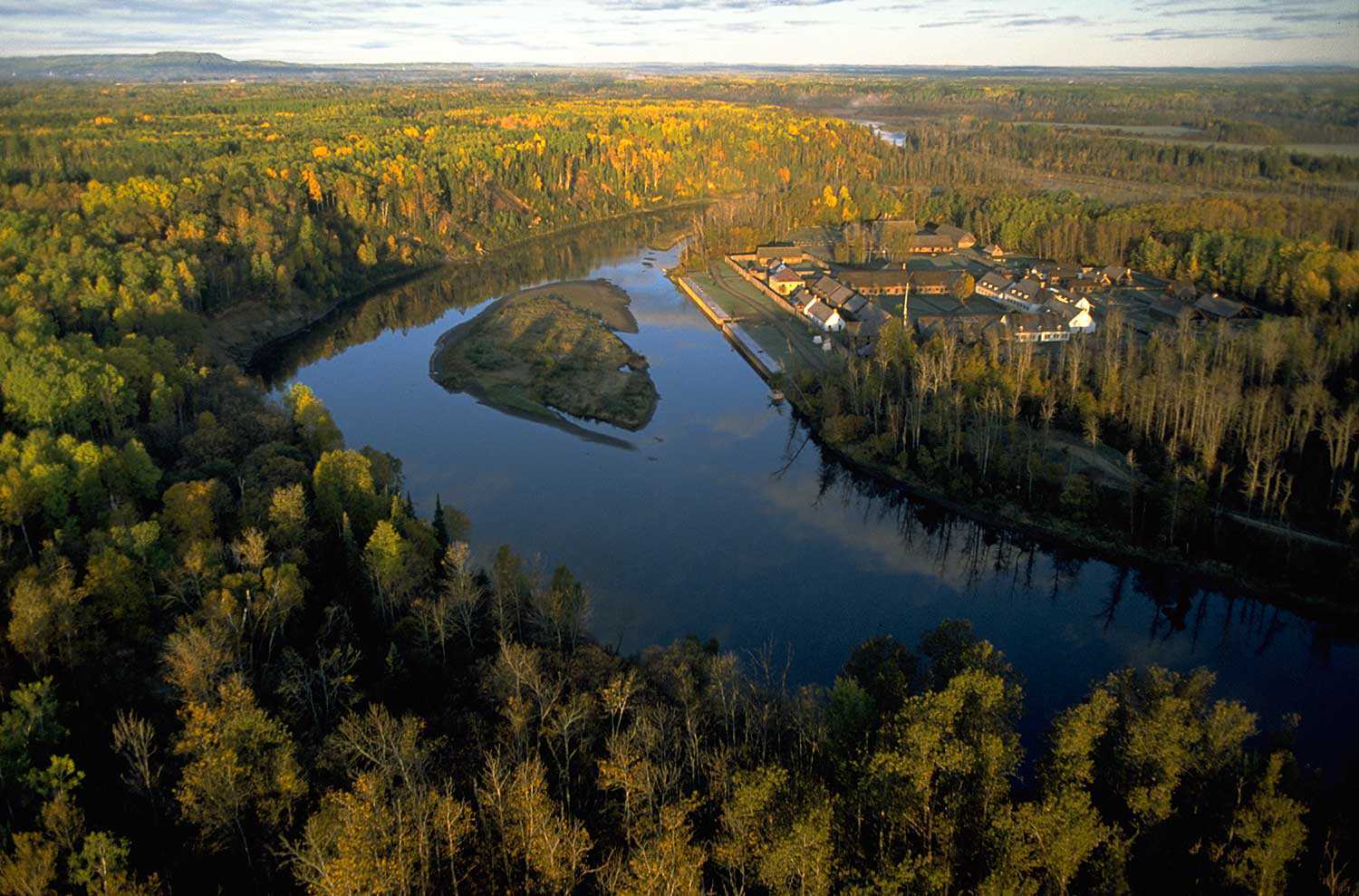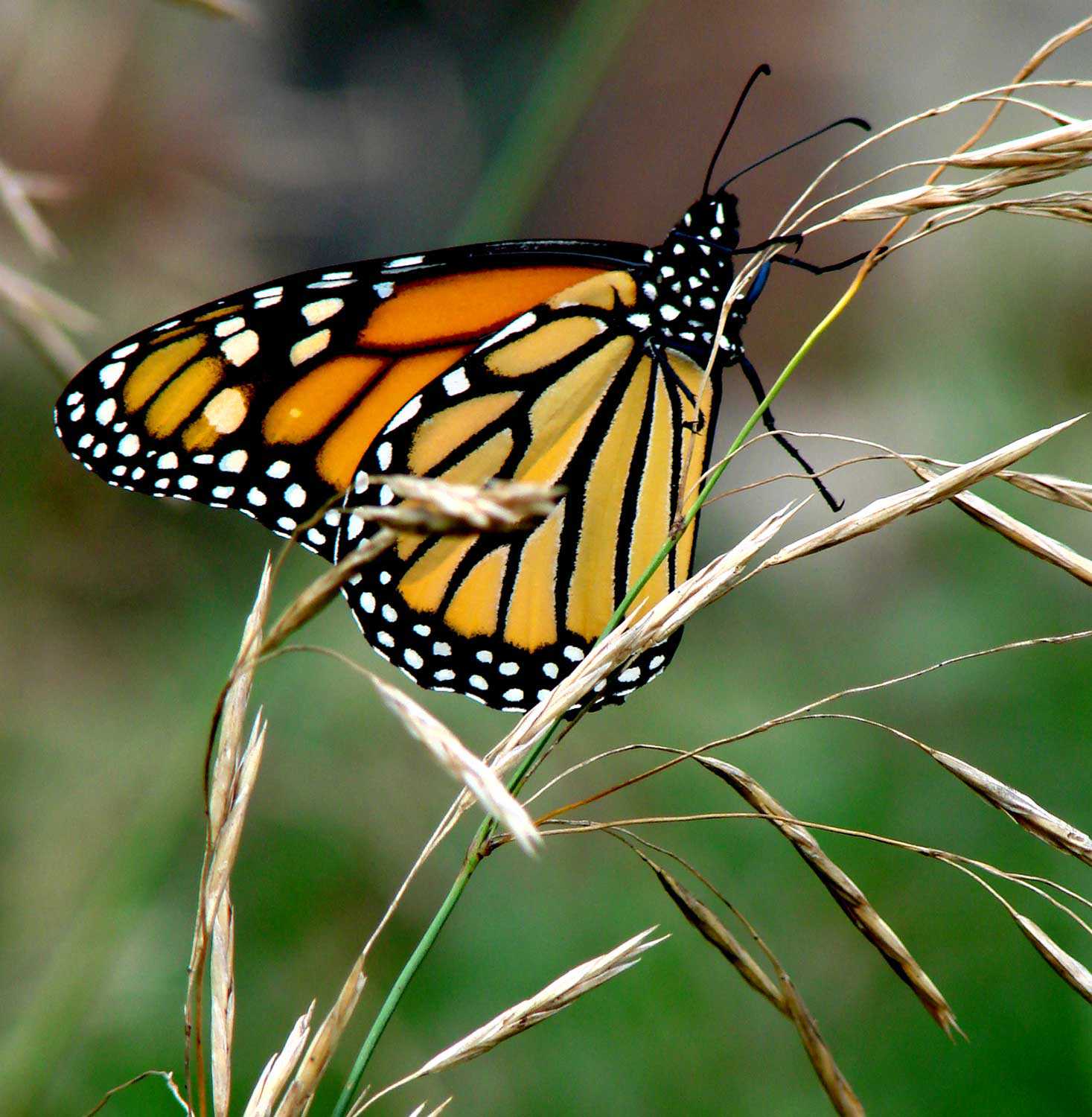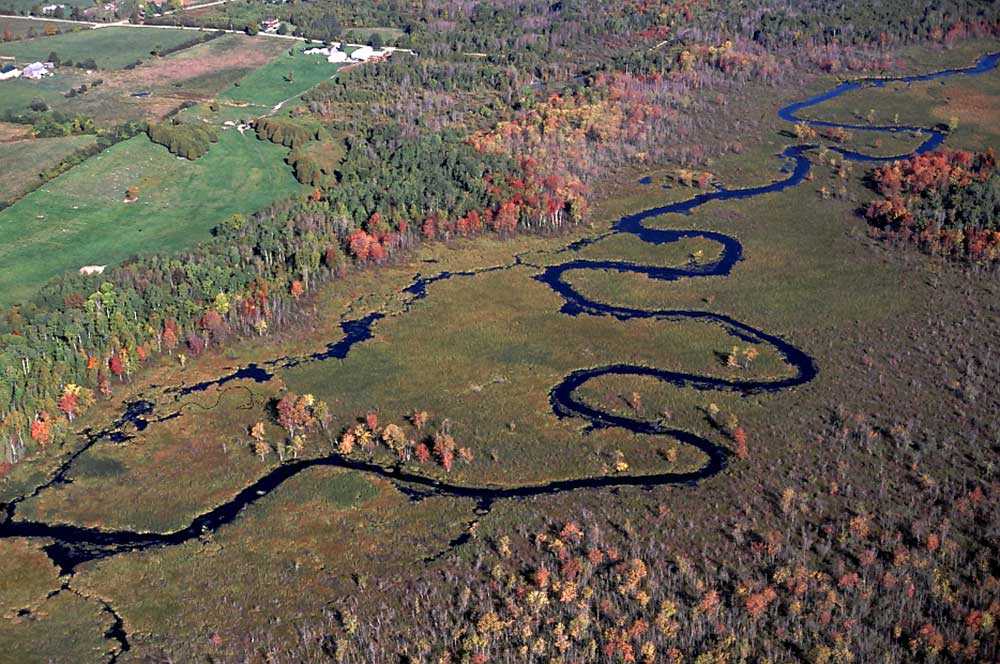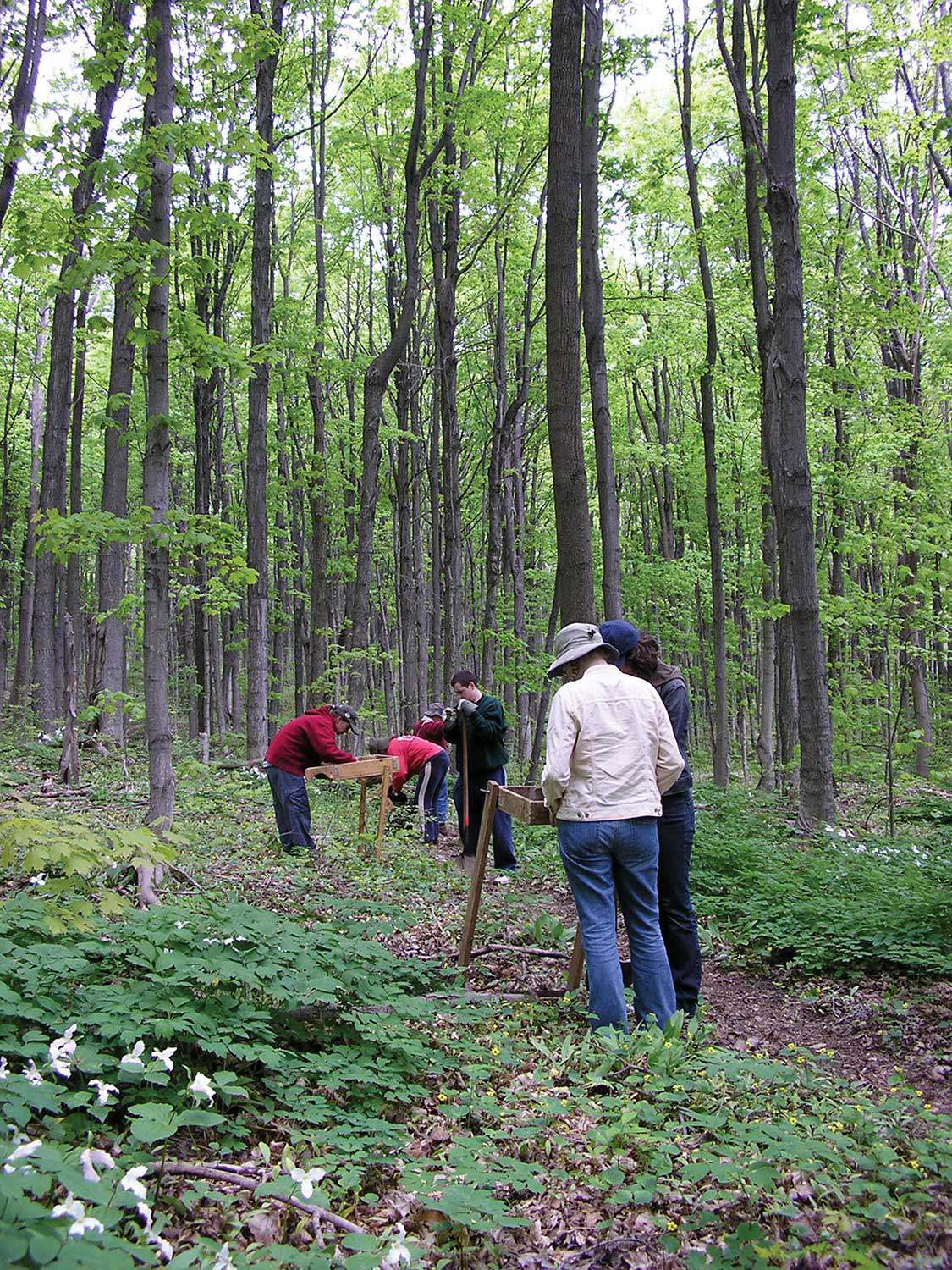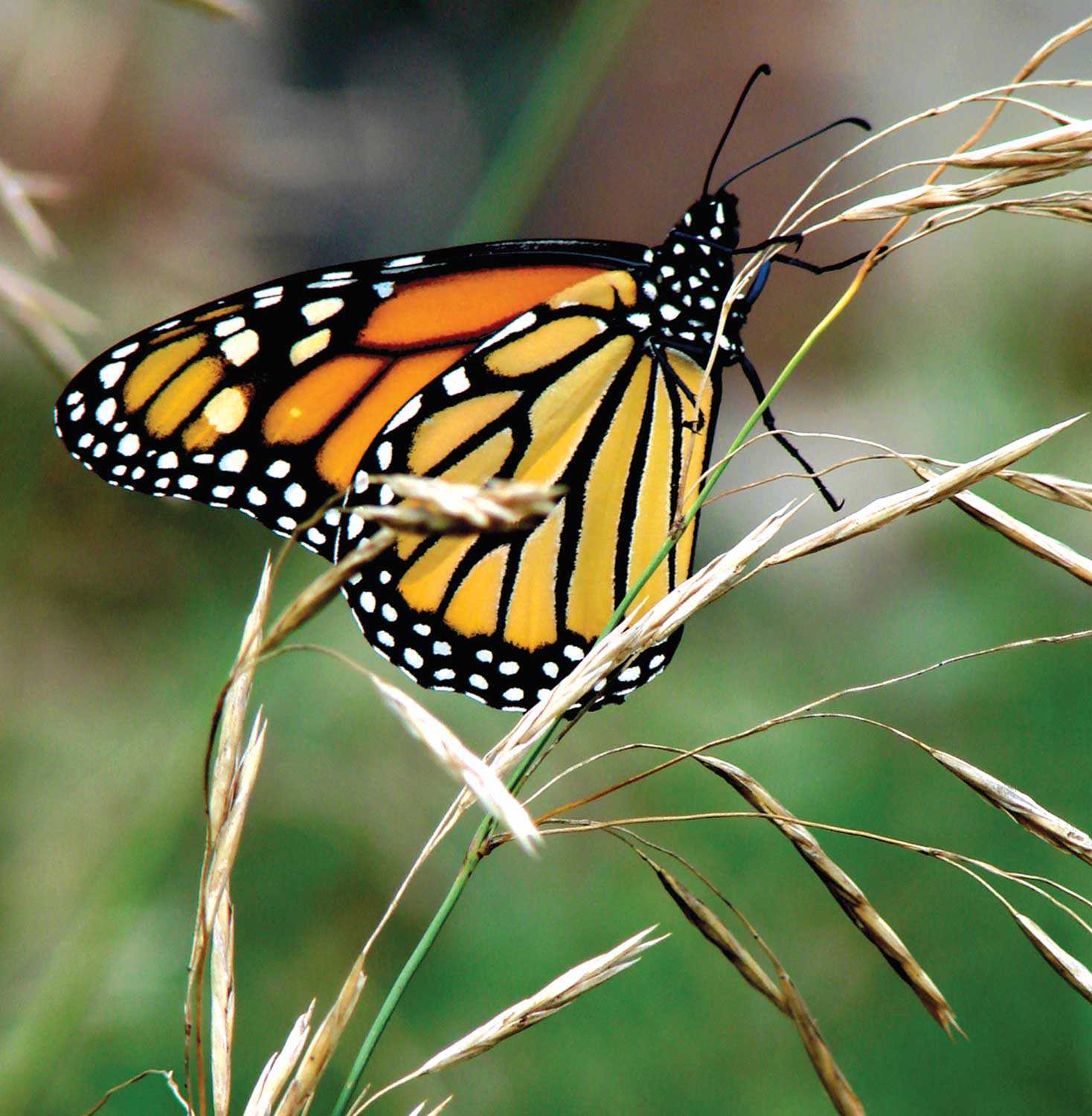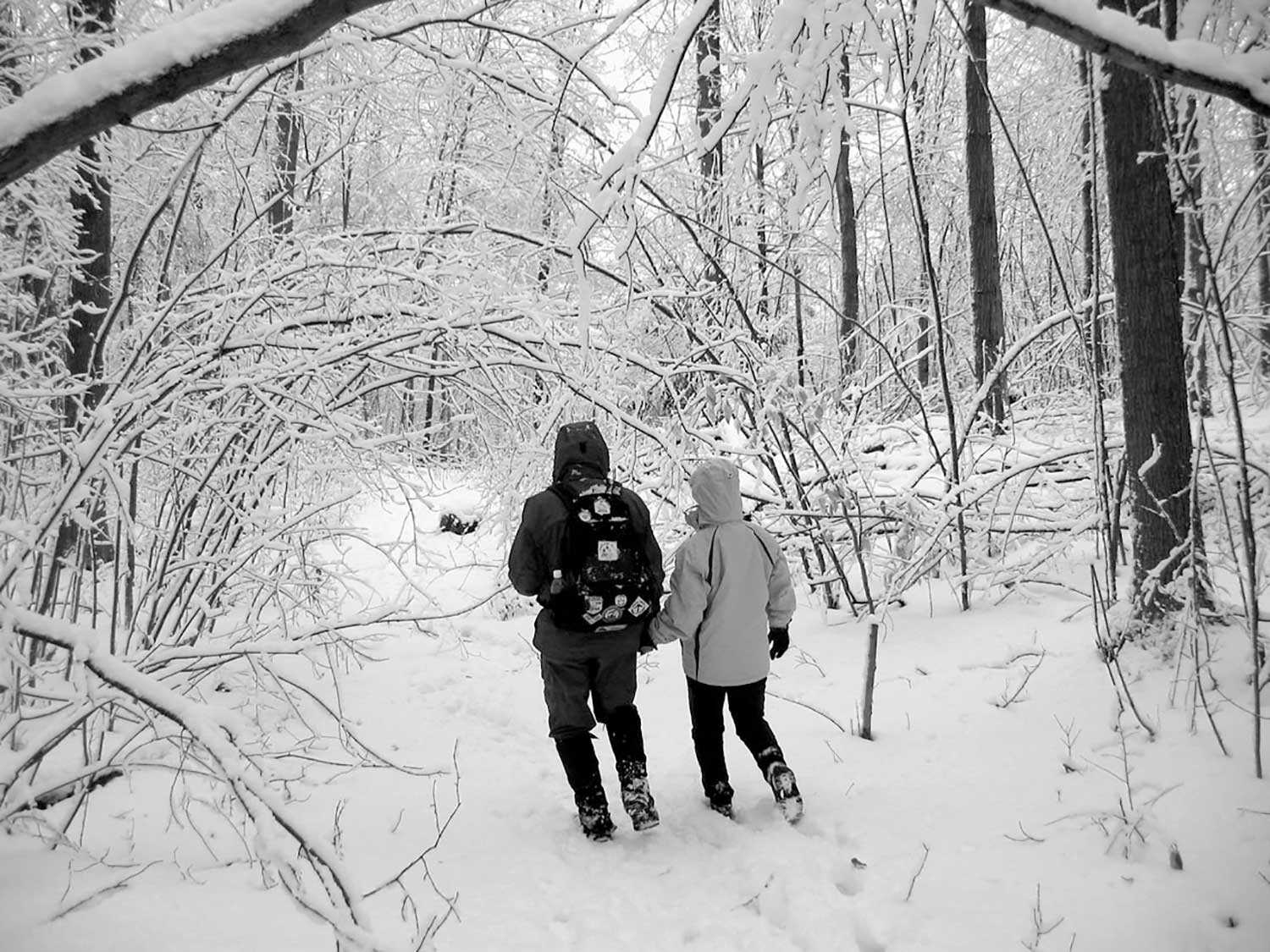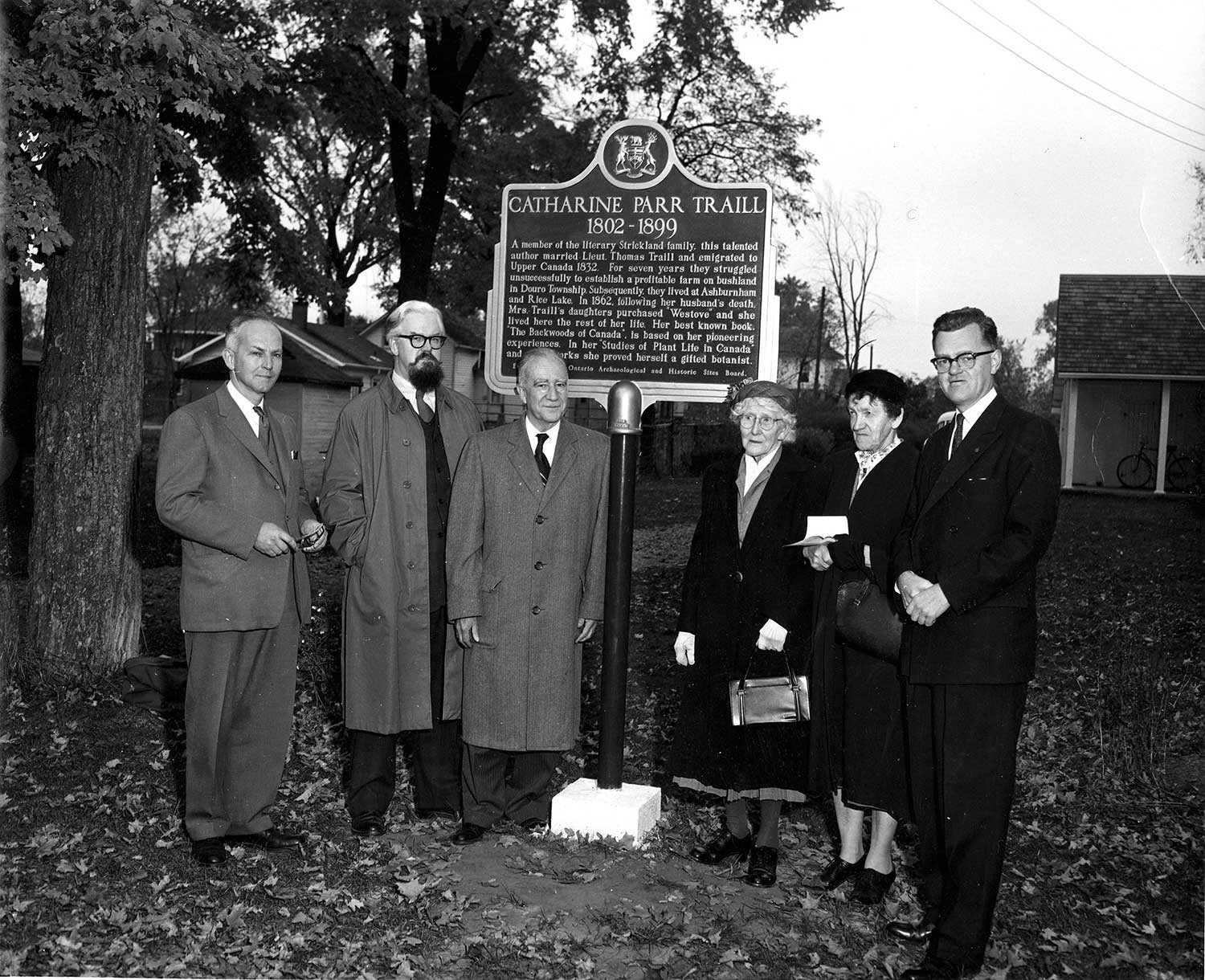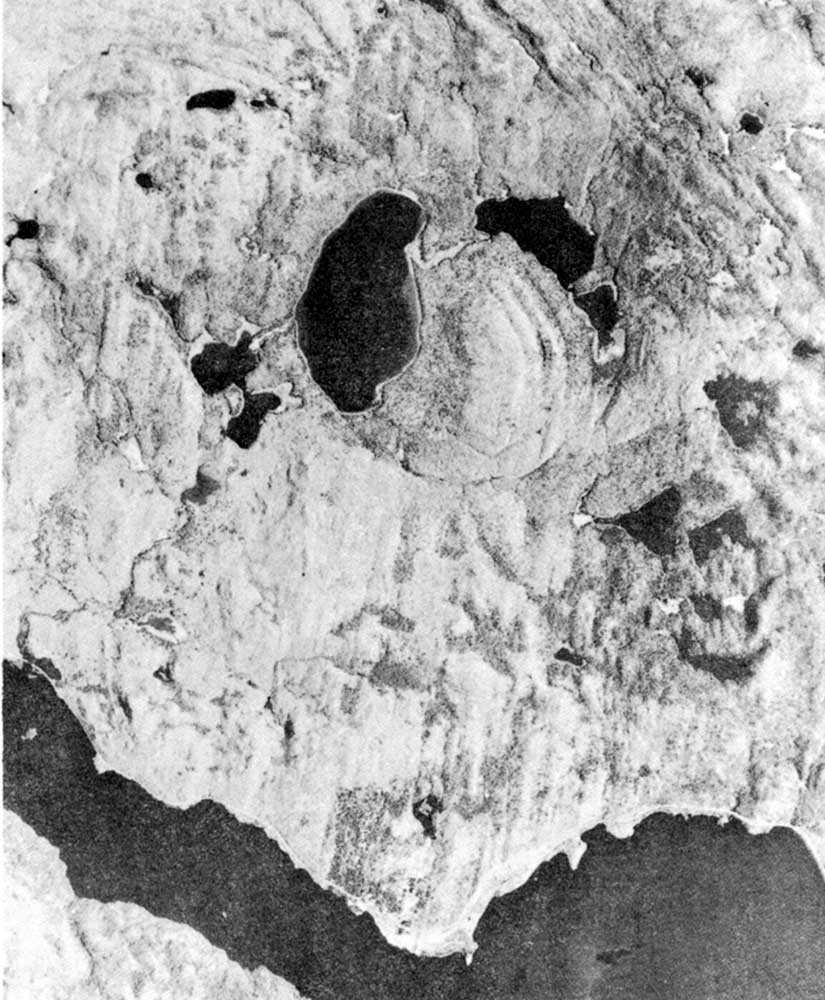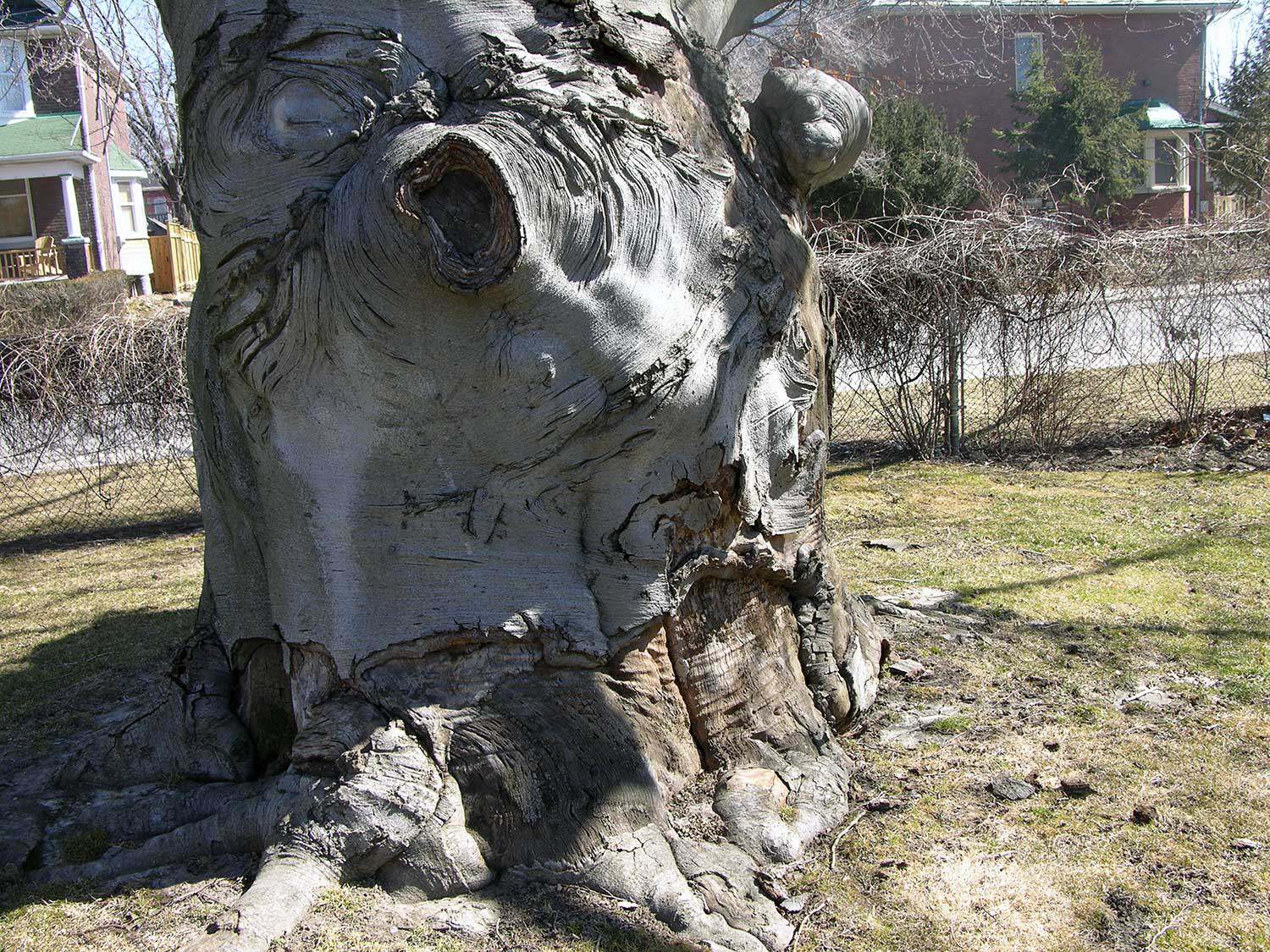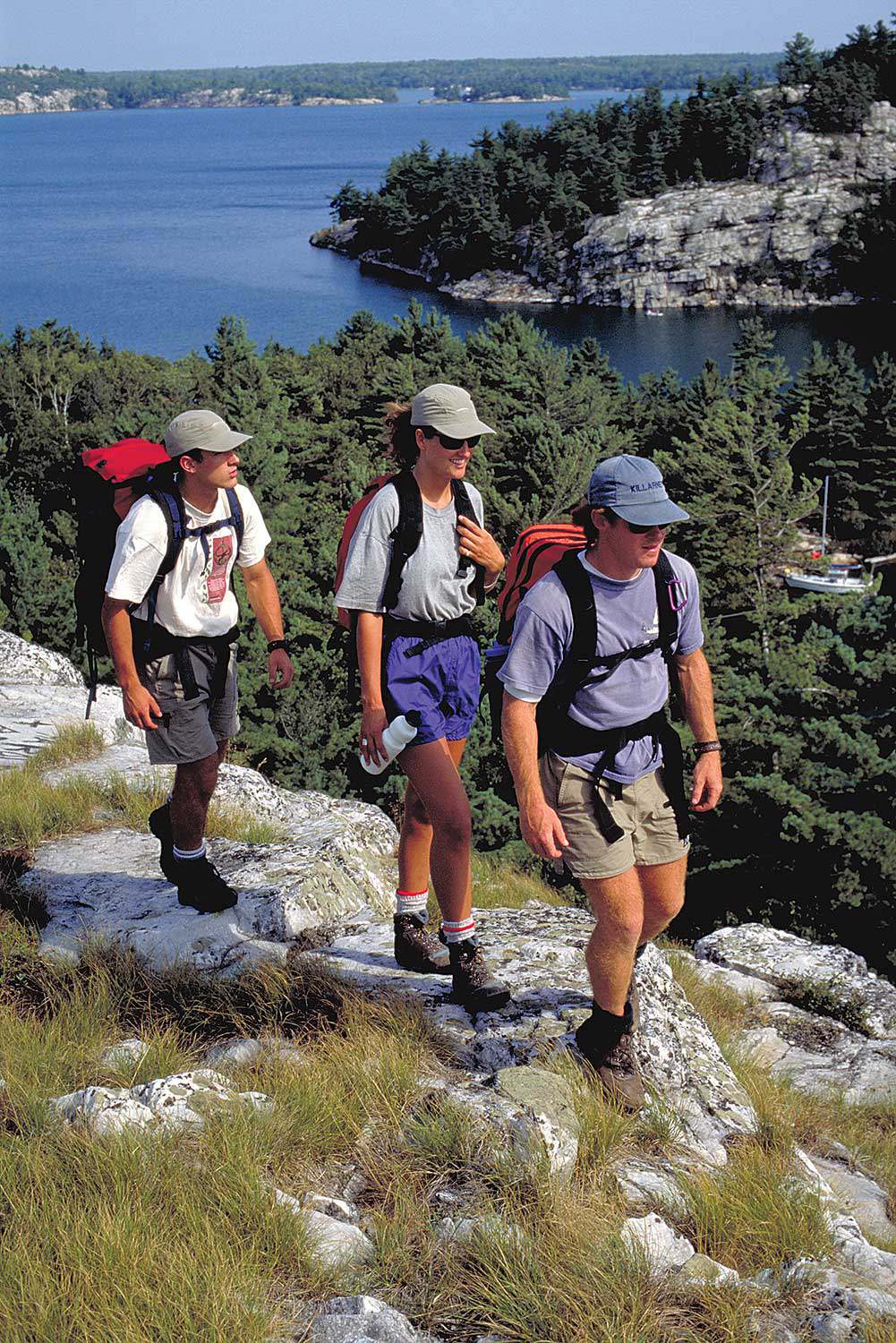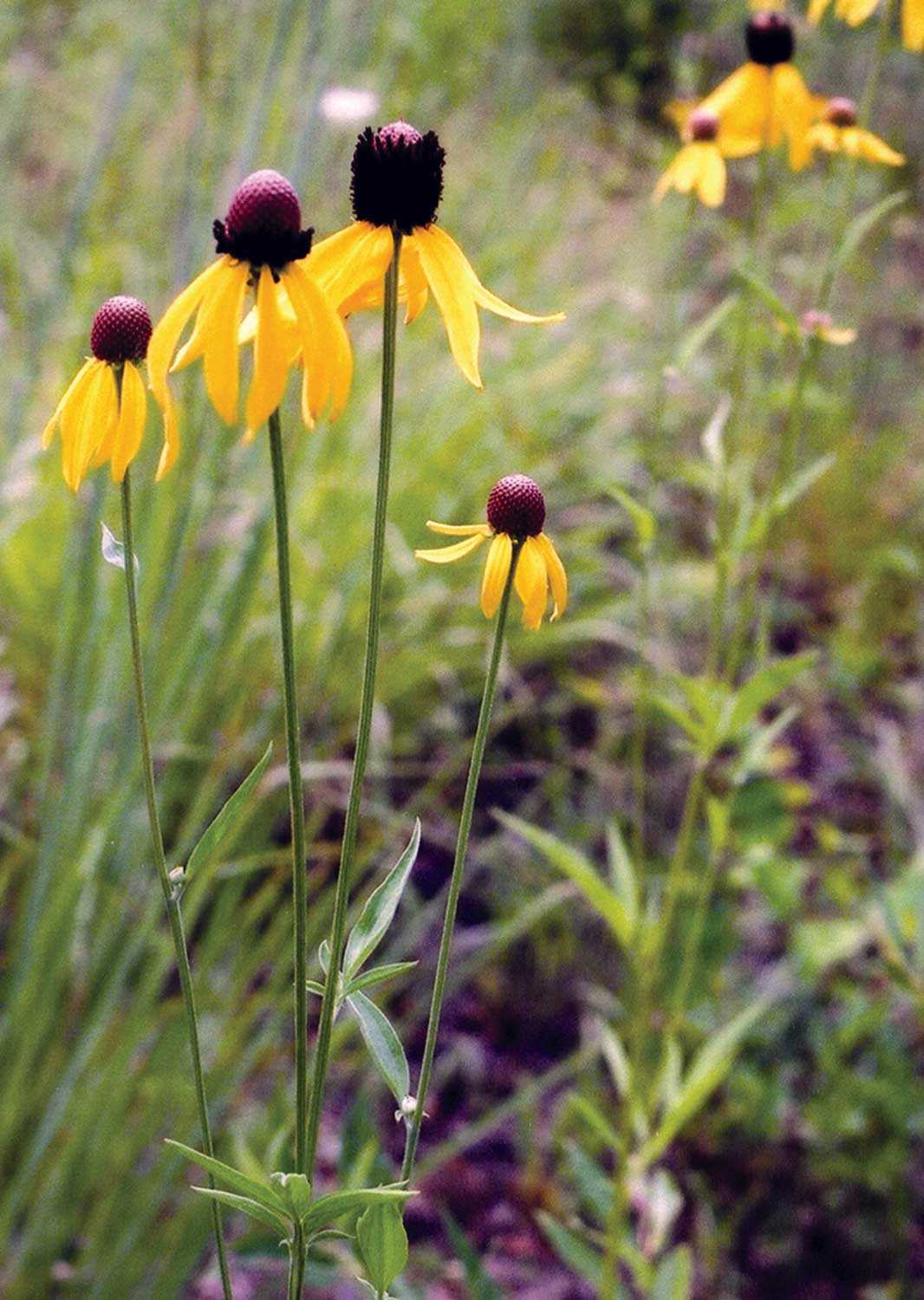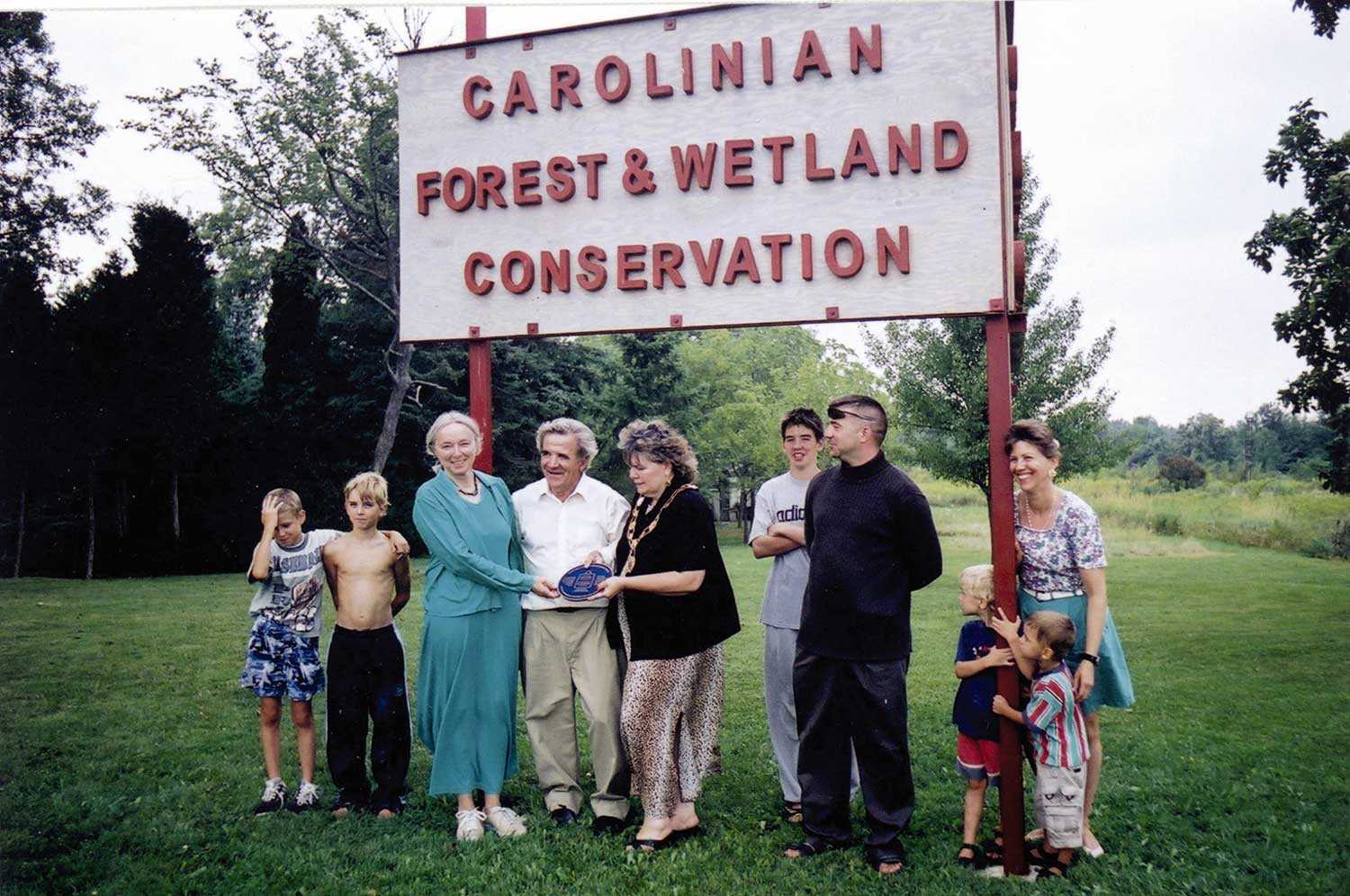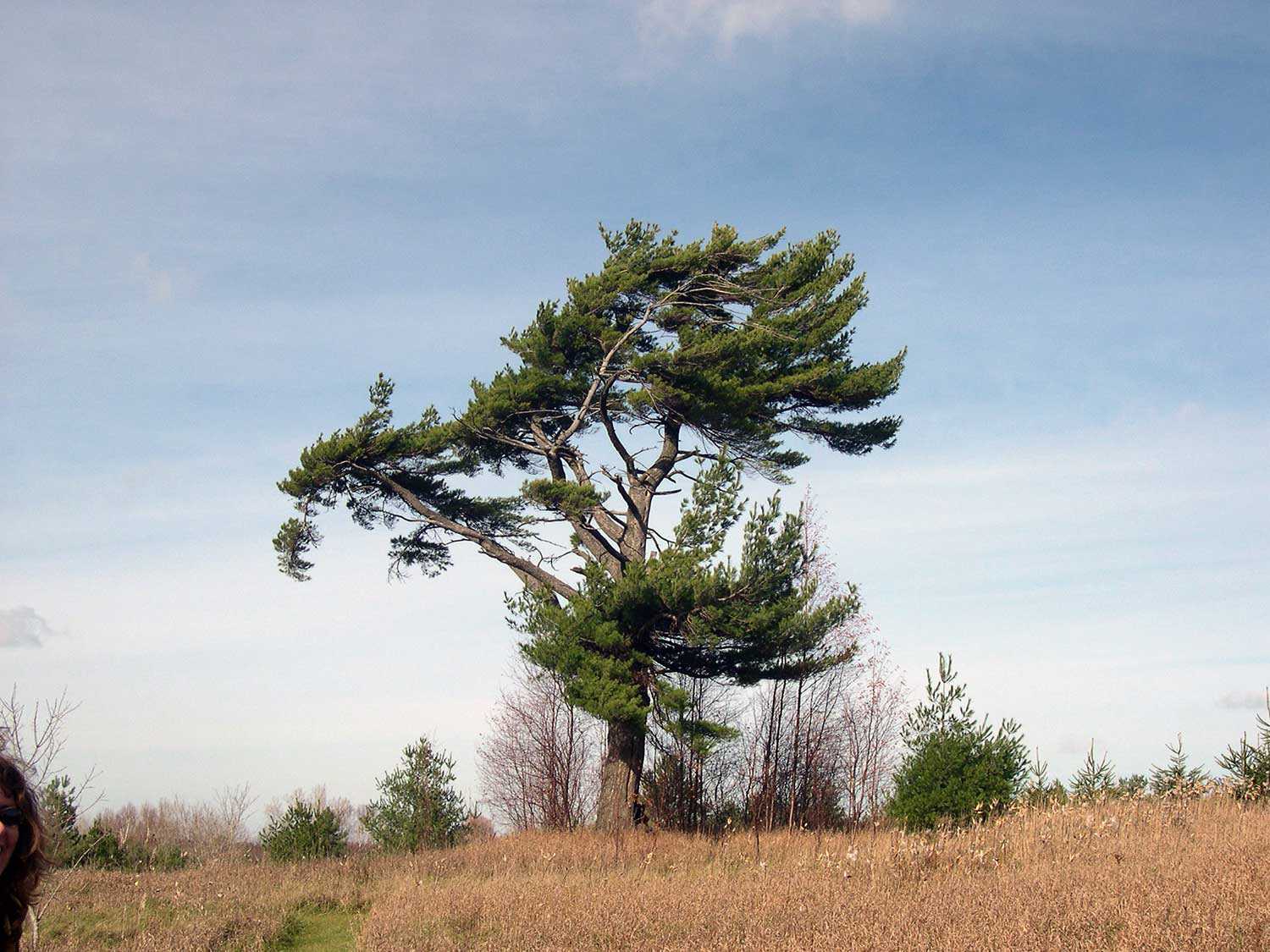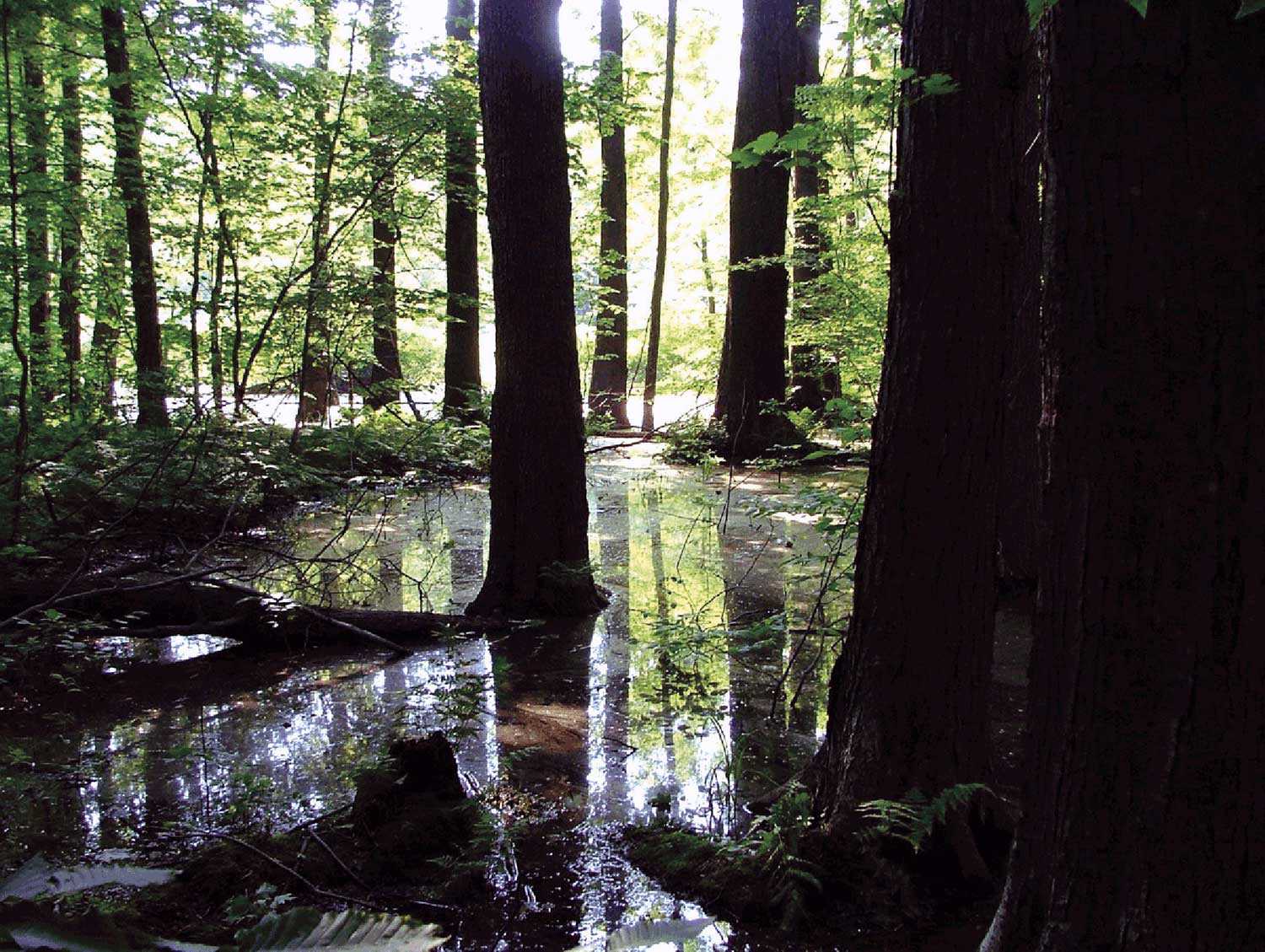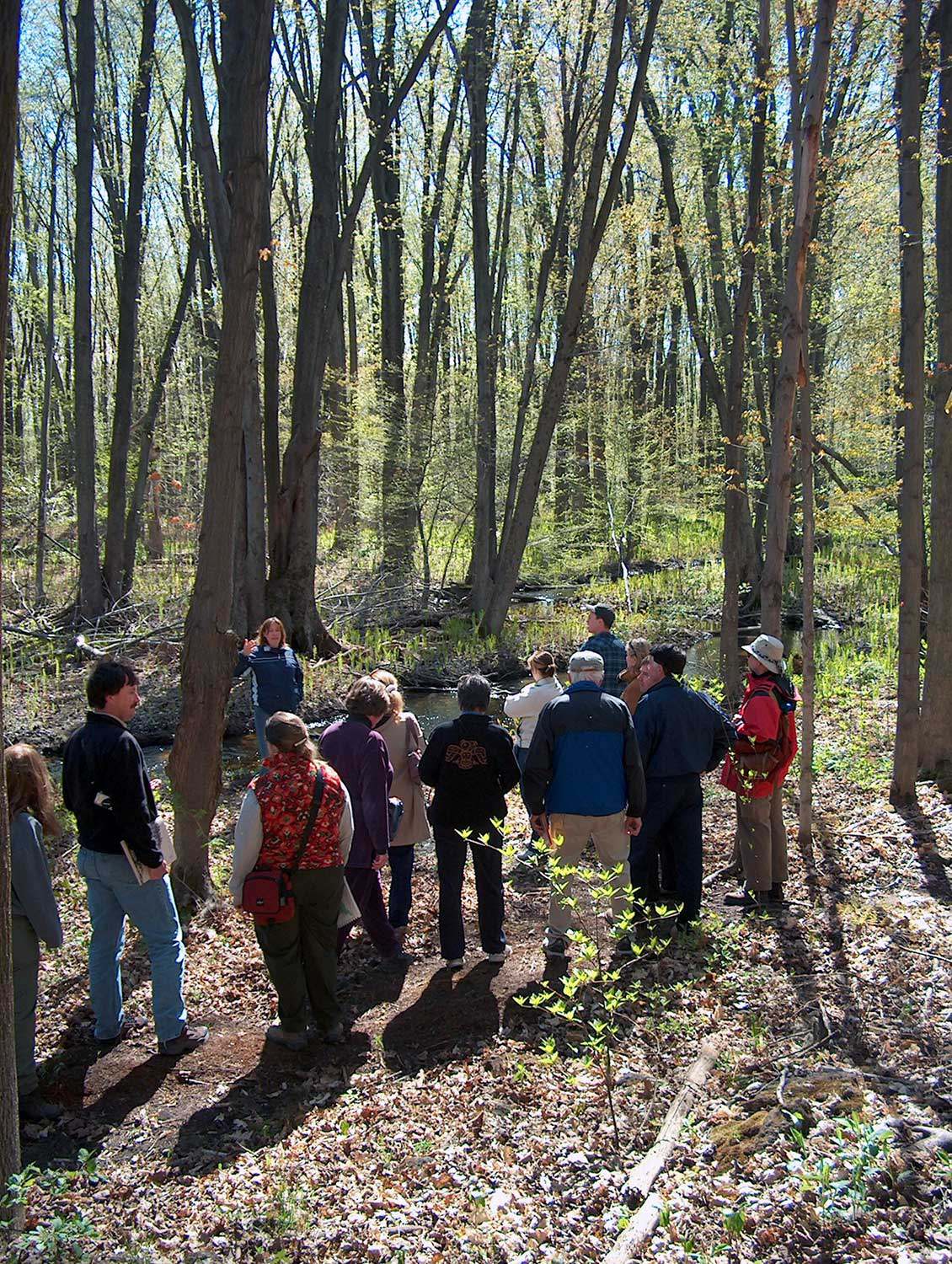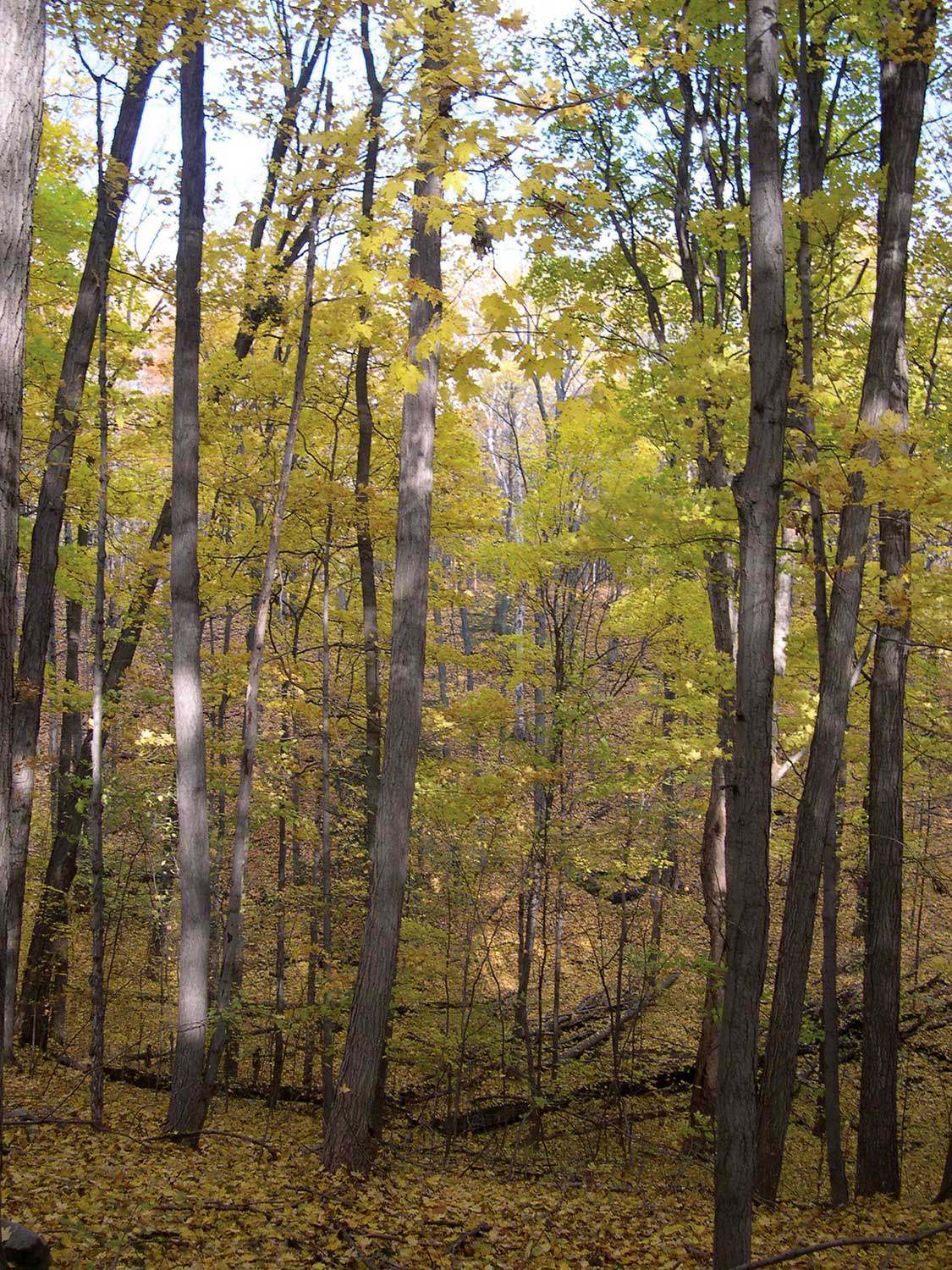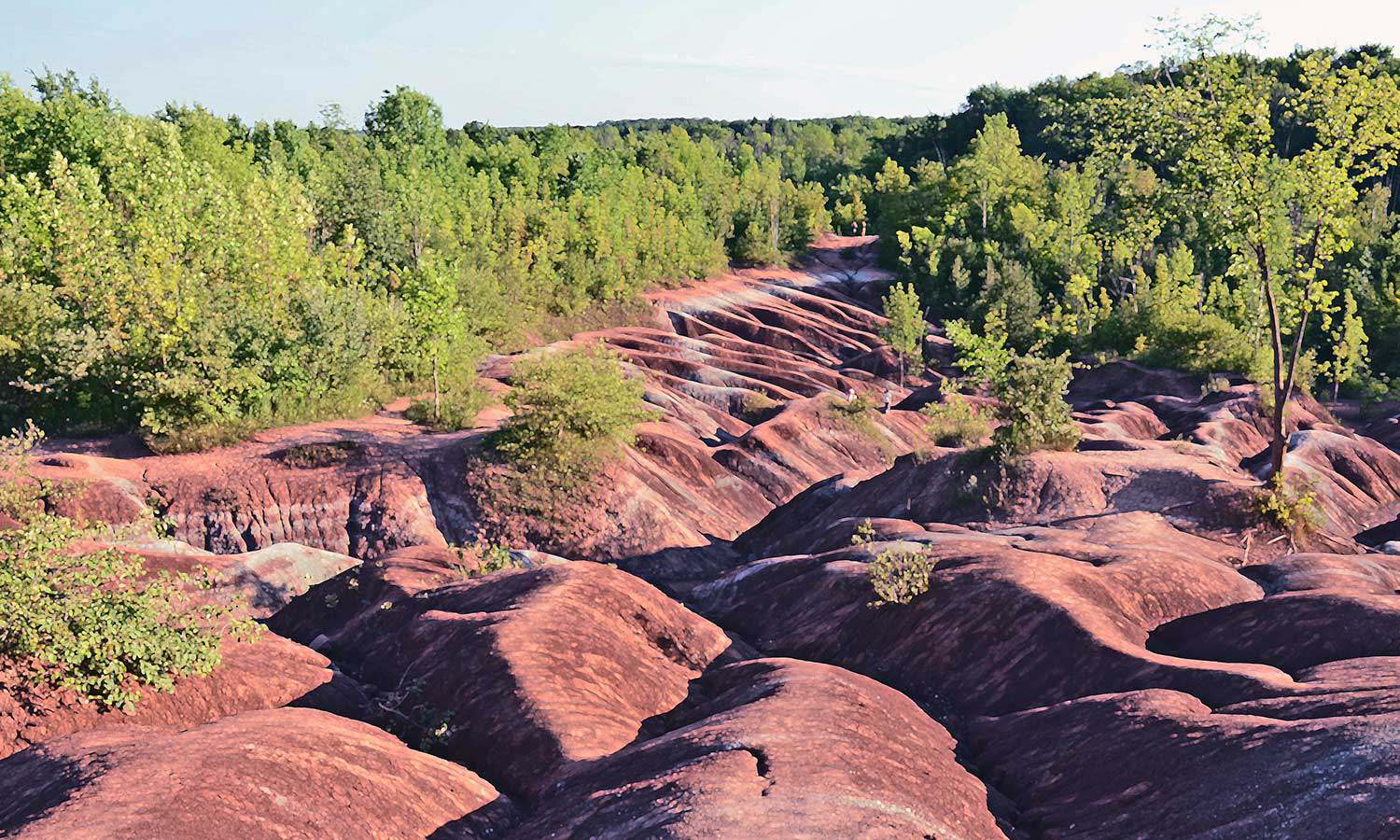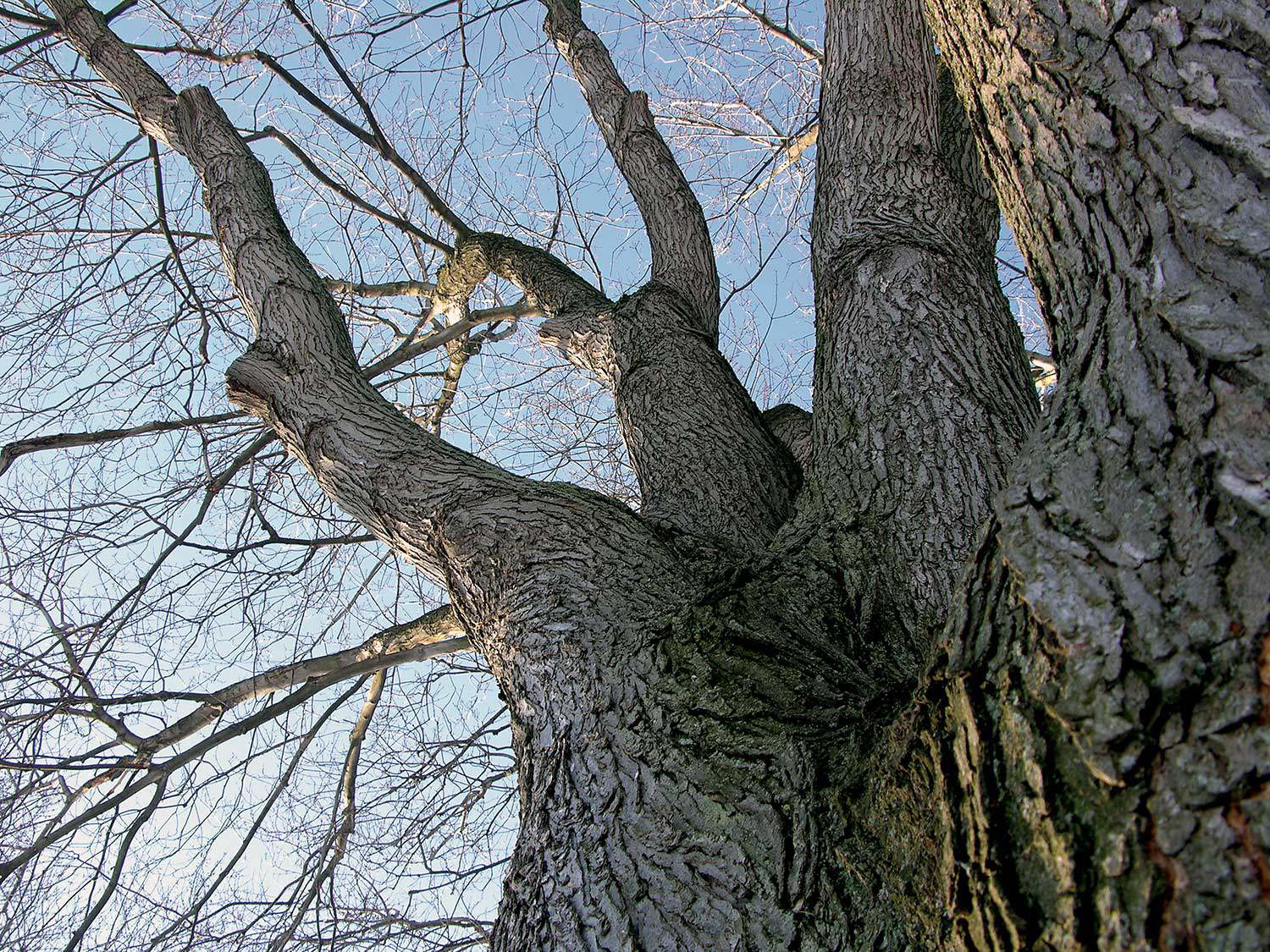

Browse by category
- Adaptive reuse
- Archaeology
- Arts and creativity
- Black heritage
- Buildings and architecture
- Communication
- Community
- Cultural landscapes
- Cultural objects
- Design
- Economics of heritage
- Environment
- Expanding the narrative
- Food
- Francophone heritage
- Indigenous heritage
- Intangible heritage
- Medical heritage
- Military heritage
- MyOntario
- Natural heritage
- Sport heritage
- Tools for conservation
- Women's heritage
Along the Ottawa River
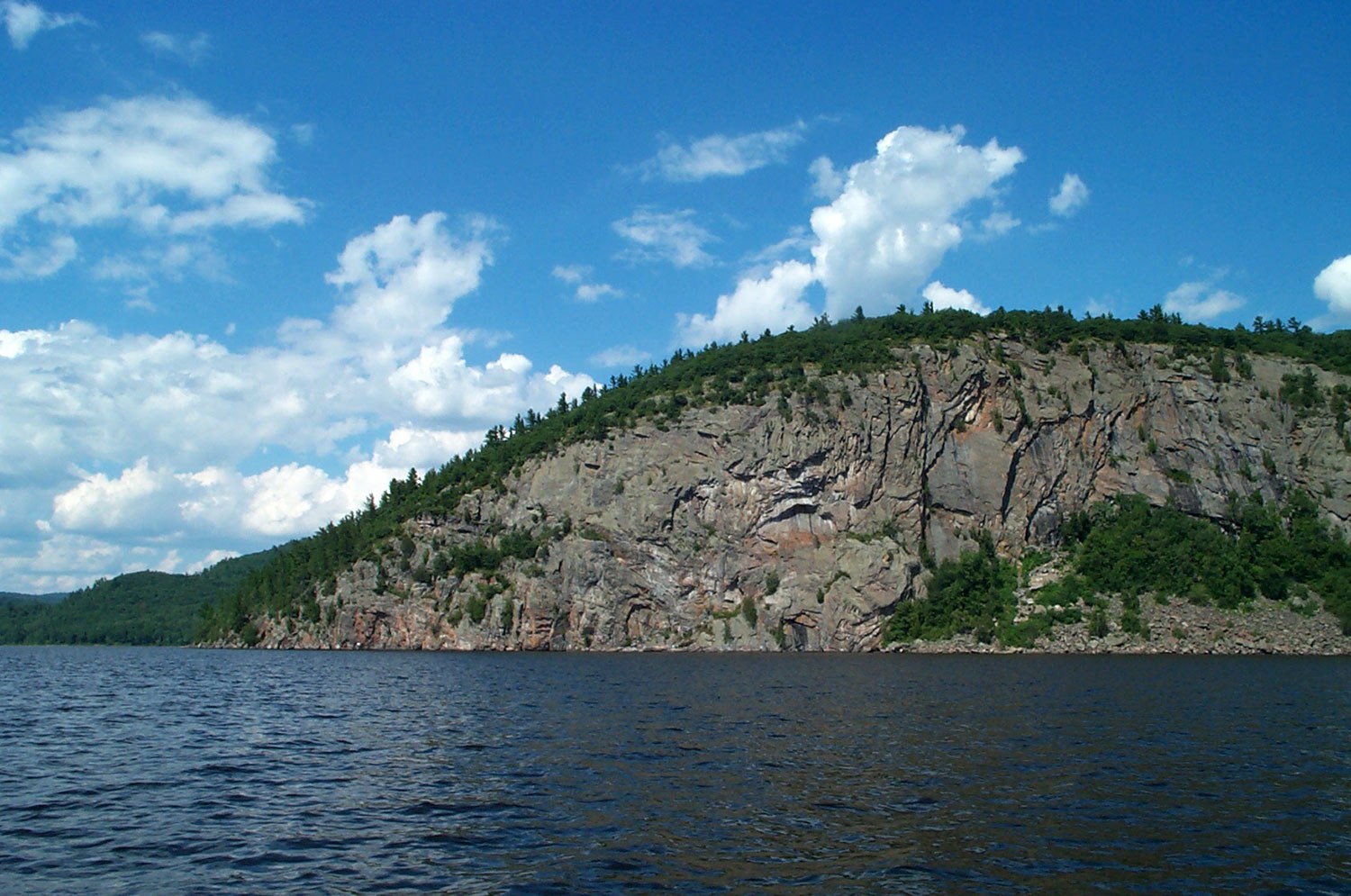

"The Ottawa River Heritage Designation Committee looks forward to the day that this important Canadian River, arguably its greatest, will fully join the Canadian Heritage Rivers System. Designation will provide the opportunity for communities both large and small, from Hawkesbury to Haileybury, to join together in celebration of the Ottawa’s rich cultural heritage and its world-class recreational activities."
Larry Graham, lifelong resident of the Ottawa River, avid paddler and Chair of the Ottawa River Heritage Designation Committee
The original Trans-Canada Highway
The Ottawa River is one of Canada’s most important transportation routes, playing an integral role in many of the key stories that comprise Canada’s history. From the area’s first inhabitants to the explorers, guides, traders, loggers, settlers and entrepreneurs that followed, the Ottawa River was truly the original Trans-Canada Highway.
In the Algonquin language, the Ottawa River is known as Kitchissippi – meaning Big River. The name “Ottawa” is derived from the Algonquin term adawe (“to trade”). The river’s source is at Lake Capimitchigama in Quebec, 250 km (156 miles) north of Ottawa. It flows approximately 1,300 km (807 miles) to the St. Lawrence, forming the border between Ontario and Quebec for most of its length.
The canoe was the primary method of transportation for First Nations living in the Ottawa Valley for thousands of years. Evidence from as early as 6,000 years ago suggests that a wide trade and communication network was enabled by the Ottawa River and its tributaries.
Paddlers with the Ottawa River Canoe Brigade. The brigade inspires participants to connect with the river’s heritage and share in its safe keeping. (Photo courtesy of Larry Graham)
Originally built and used by aboriginal traders, the canoe later became pivotal in the exploration and development of the Canadian wilderness by European explorers, settlers and industrialists. In the 18th and 19th centuries, France’s North American colonial economy depended on the fur trade, which relied on the famous waterway routes that began and ended with the Ottawa River. This era saw the expansion of the country through the courageous coureurs de bois and voyageurs, travelling in bark canoes, as well as the beginnings of the Hudson’s Bay Company. Voyageur life remains fixed in Canadian imagery by artists such as Frances Anne Hopkins who captured the lifestyle in her first-hand account paintings. Hopkins painted in the 1870s, an era when use of the canoe for trade and transportation had already begun to wane, and the Hudson’s Bay Company was replacing the canoe with steamboat and rail transport.
The first recorded European contact in Algonquin Territory was with Samuel de Champlain in 1613 on the Kitchissippi (the Ottawa River). On this journey, he meets with members of at least three different bands of the Algonquin Nation along the Kitchissippi.
The last band he meets with is the Kichesipirini, the Big River people, at present-day Morrison’s Island near Pembroke, Ontario. Champlain went to proceed farther upriver, but while he is treated very well and cordially by the Kichesipirini, Chief Tessouat does not allow him to pass. The Kichesipirini and their Chief Tessouat decided which non-Algonquins could pass up and down the Kitchissippi and levied tolls on those who were allowed to pass, including explorers and missionaries. Along the river and its many tributaries, there are many Algonquin archaeological, sacred and burial sites that attest to long occupation and use. [Chief Kirby Whiteduck, Algonquins of Pikwakanagan First Nation]
Bypassing the rapids of the Ottawa River has been a challenge since early trade routes were established by Canada’s aboriginal people. Portage routes were used to get around the rapids, followed by basic canal systems. Entrepreneur John Macdonell took advantage of this high-traffic trade route by building his house on a strategic bluff on the Ontario shore of Ottawa River in 1817 and constructing a simple canal to avoid the raging rapids. By the 1830s, Macdonell’s canal was insufficient to serve the growing importance of the Ottawa River as a trade route and a strategic bypass to the other Great Lakes in the event of a war with the United States. In the 1830s, a more sophisticated canal system was built by the British army. It consisted of the Grenville Canal, the Chute-à-Blondeau Canal and the Carillon Canal.
Although the early canals built on the Ottawa River were intended primarily for military purposes, the area’s natural resources became an economic force that would alter the Ottawa River and its shores. Large sawmills were established close to falls and rapids for the production of hydraulic energy (and later hydroelectric energy) required to operate local mills. Mills attracted settlers, and communities such as Bytown (present-day Ottawa) grew around them.
One of the most dramatic changes to the Ottawa River occurred from 1959 to 1962 when Hydro Quebec constructed a dam at Carillon, across from Macdonell-Williamson House, to supply power to Montreal. The dam raised water levels, flooding the former Carillon and Grenville canals and silencing the rapids. Its official opening in 1963 marked the end of commercial navigation on the Ottawa River system.
While no longer used for trade and shipping of goods, the Ottawa River is now explored in power boats, rafts, kayaks, sail boats and canoes. Canoes are still treasured by those looking for a relaxing way to explore the natural beauty and cultural sites of the Ottawa River.
Sources: This article only scratches the surface and readers are encouraged to visit the Ottawa River Heritage Designation Committee’s website at www.ottawariver.org. The Trust gratefully acknowledges the Designation Committee for use of A Background Study for Nomination of the Ottawa River Under the Canadian Heritage Rivers System (2005), which forms the basis of this article. A special thank you to Larry Graham, Chairman of the Ottawa River Heritage Designation Committee and Chief Kirby Whiteduck for speaking with Trust staff and for sharing their understanding and experiences of the Ottawa River.
The river through history
- 15,000 years ago Laurentide ice sheet (glacier) begins to melt away. As the glaciers retreat, saltwater from the Atlantic Ocean floods the valley to form the Champlain Sea.
- 13,000 years ago Ottawa Valley is covered by the Champlain Sea.
- 10,000 years ago Champlain Sea recedes. 8,500 years ago Earliest evidence of human presence along the Ottawa River.
- 8,000 years ago Present drainage system of the Ottawa River Valley established.
- 6,000 years ago Ottawa River gradually drops to its traditional level, and forests of white pine become mixed forests of hemlock, pine and hardwoods.
- 3,000 years ago Pictographs representing traditional understanding of the spiritual and physical landscape to the Algonquin peoples are marked along the river’s banks.
- 1608: Étienne Brûlé is the first European to explore the Ottawa River.
- 1613: Samuel de Champlain travels up-river to the vicinity of present-day Pembroke. He is cordially greeted, but is refused passage by the Kichesipirini.
- 1817: John Macdonell builds his large Georgian house on a strategic bluff on the Ontario shore of the Ottawa River.
- 1857: Queen Victoria selects Ottawa, located on the shores of the river that bears the same name, as the capital of Canada.
- 1862: Pembroke industrialist McAllister uses water wheels in his mills to generate electricity for commercial purposes.
- 1885: Hydroelectric power generation begins on the Ontario side of the river.
- 1945: First self-contained nuclear reaction in Canada initiated at Chalk River Laboratories on the banks of the Ottawa River.
Ottawa River by the numbers
- 4: The number of major geological subdivisions crossed by the Ottawa River – Superior Province, Cobalt Plate, Grenville Province and St. Lawrence Lowlands.
- 33: Species of amphibian and reptiles, including the mudpuppy and common map turtle (at risk).
- 43: Dams in the Ottawa River watershed, making it one of the most highly regulated rivers in Canada.
- 45: Percentage of the watershed in Ontario (the rest is in Quebec).
- 80: Number of tributaries (two of which – the Mattawa and the Rideau – are designated Canadian Heritage Rivers).
- 80: Species at risk, including the loggerhead shrike, eastern cougar, bald eagle and American ginseng.
- 85: Species of fish observed in the river.
- 90: Deepest point (in metres) at the Carillon Reservoir.
- 150: Height (in metres) of the sacred Oiseau Rock that rises out of the Ottawa River in Pontiac County, Quebec.
- 300: Number of species of birds for which the Ottawa River watershed provides habitat.
- 1,271: Approximate length (in kilometres) of the Ottawa River.
- 14,000: Number of pleasure craft that have been noted annually in the Ottawa-Gatineau region.
- 146,300: The area of the watershed (in square kilometres) – twice the size of New Brunswick.
- 1,670,000: Number of people living in the watershed (2001 census data).
- 341,000,000: Litres of water taken from the river each day at the Britannia and Lemieux Islands water purification plants.
The Canadian Heritage Rivers System
While designation to the Canadian Heritage Rivers System offers no legal protection for the river, it is nonetheless a proven and effective community-based stewardship program that engages citizens in conserving and celebrating their rivers. Designation is an incredible honour that is reserved for rivers that the provincial and federal governments have recognized as having exceptional natural and/or cultural heritage.

